|
WATHLETE-1
|
|
WATHLETE-1
|
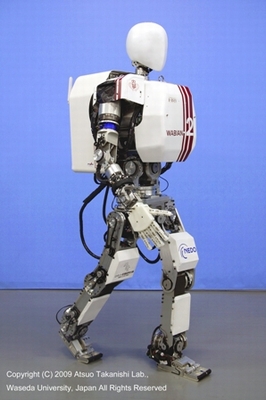
Fig. 1 WABIAN-2R |
We have developed the biped humanoid robot WABIAN-2R (Fig. 1) in order to study human walking with stretched knees and pelvis movement. However, WABIAN-2R is not able to run or jump. Therefore, we need a new robot to further study on running and jumping motions.
In this research, we built a new biped humanoid robot that is able to run and walk in order to study human running. |
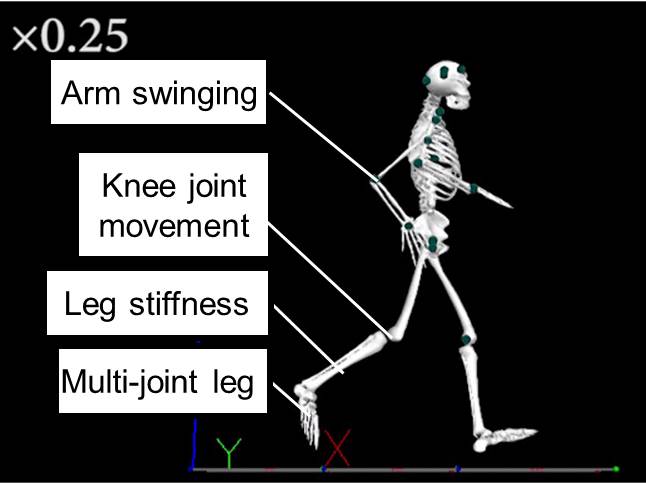
Fig. 2 Characteristics of human running on the sagittal plane |
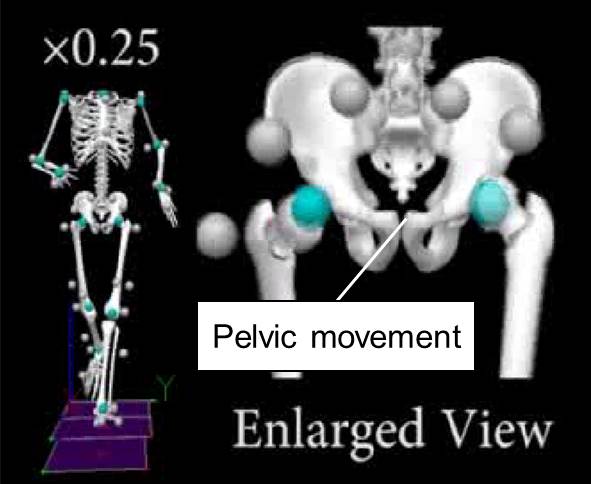
Fig. 3 Characteristics of human running on the frontal plane |
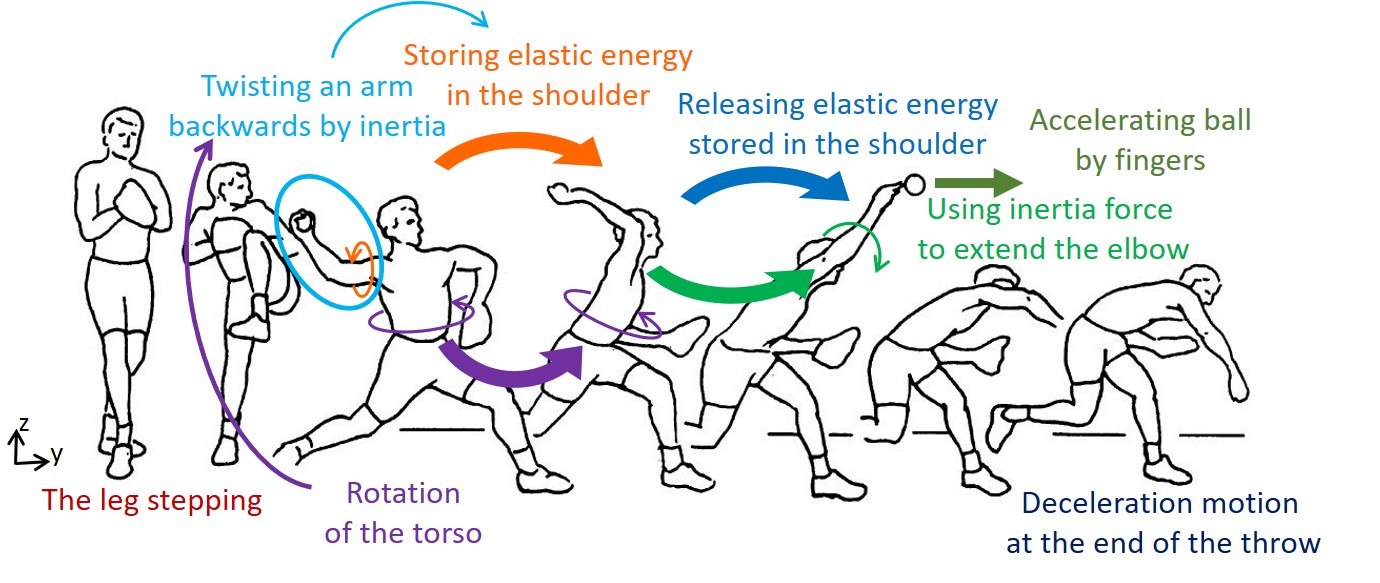
Fig. 4 Characteristics of human pitching [G. Fleisig, 1999] |
|
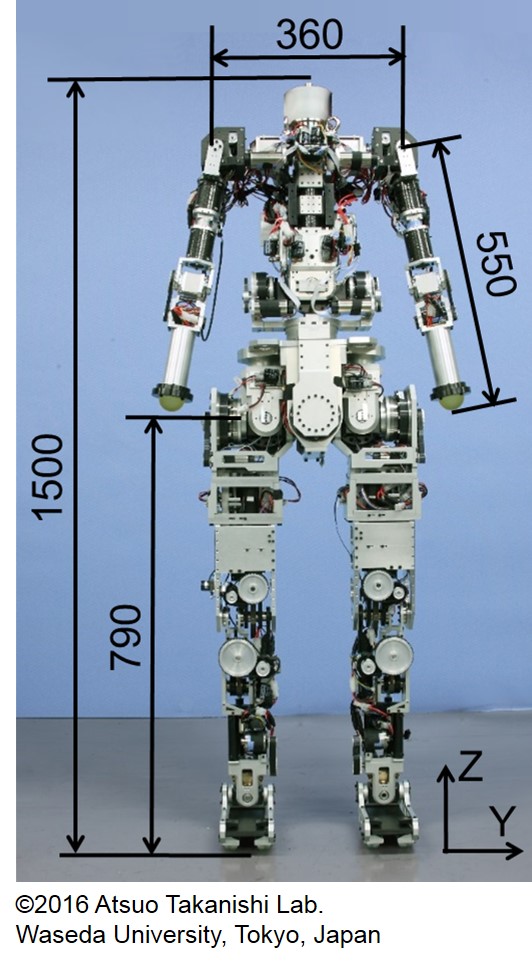
Fig. 5 WATHLETE-1 (2016) |
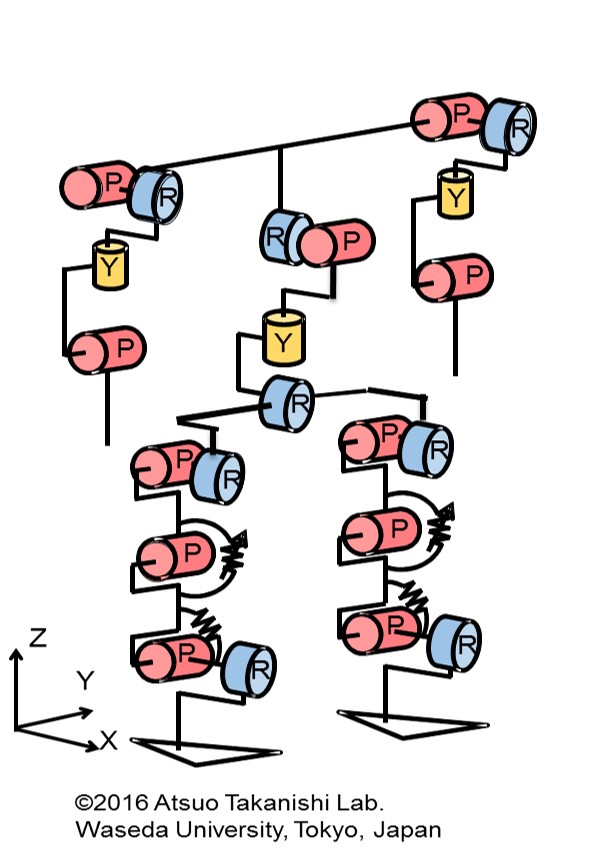
Fig. 6 Degrees of freedom (WATHLETE-1) |
||
|
|
|||
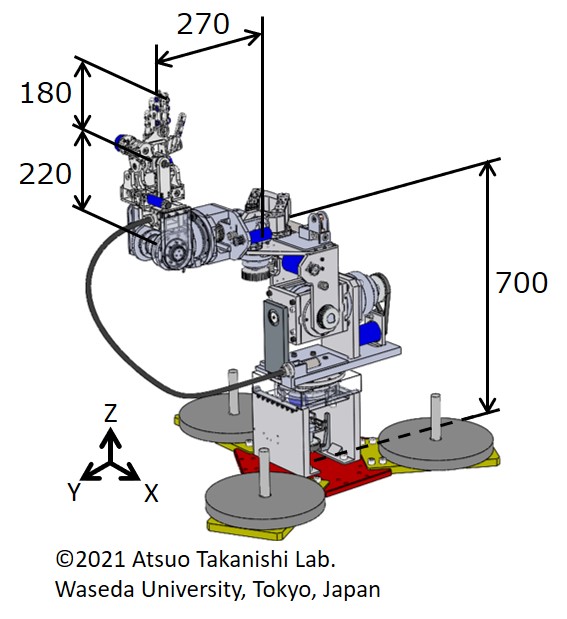
Fig. 7 Pitching-Robot (2021) |
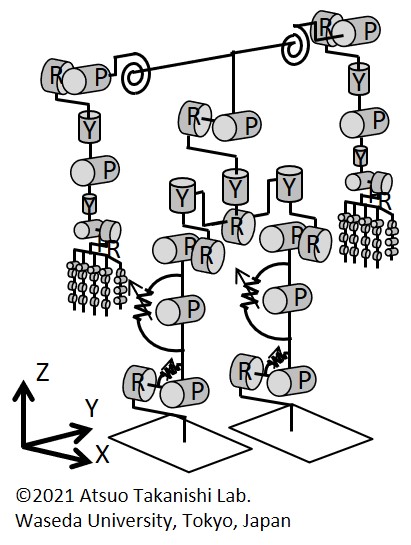
Fig. 8 Degrees of freedom (Pitching-Robot) |
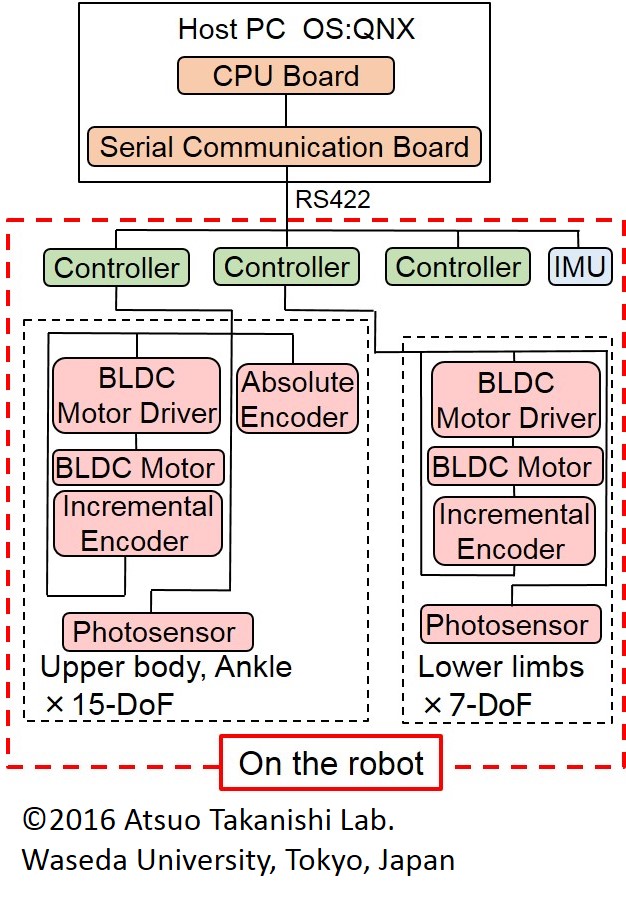
Fig. 9 System Block Diagram |
|
|
|
|||
Pitching-Robot |
||
■ Development of forearm and wrist mechanisms utilizing elastic and inertial forces |
||
|
The ultimate goal of the project is to create a throwing humanoid robot that focuses
on the human body structure and functions by focusing on the throwing motion among
the dynamic motions of humans. So far, we have developed a shoulder and scapula that
reproduce the elasticity of human pitching, a lightweight elbow that reproduces
weakness, a forearm that can demonstrate human-like power output, a finger mechanism
with inferior drive, and a trunk device that reproduces trunk movements.
In this research, we aimed to develop a forearm/wrist mechanism with mass characteristics comparable to those of a human and capable of exerting power and utilizing elastic and inertial forces equivalent to those of a human. This was because the previously developed forearm/wrist mechanism was not able to utilize elasticity and deactivation, which are characteristics of the human pitching motion, and the mass of the forearm was heavy compared to the average mass of an adult forearm, resulting in a large burden on the shoulders and other parts of the body, making it impossible to pitch at high speeds. The data of throwing motion with three axes of wrist motion (palmar/ dorsal flexion, flexion/ ulnar flexion, and internal/external rotation) showed that the palmar/ dorsal flexion motion uses de-forcing just before throwing and the flexion/ ulnar flexion motion uses elastic force. The mechanism of the robot is a fixed and decoupled motion using electromagnets for the palm and dorsal flexion motions, and a spring in parallel with a motor for the flexion and ulnar flexion motions, to improve the throwing speed and energy efficiency. The large forearm frame was converted to an endoskeleton with mechanical elements mounted on the outside, resulting in a weight reduction of approximately 65%. In the experiment, the throwing motion with the deactivation improved the throwing velocity by about 11%, and the throwing motion with the spring reduced the motor power consumption of the relevant part by about 9%. |
||
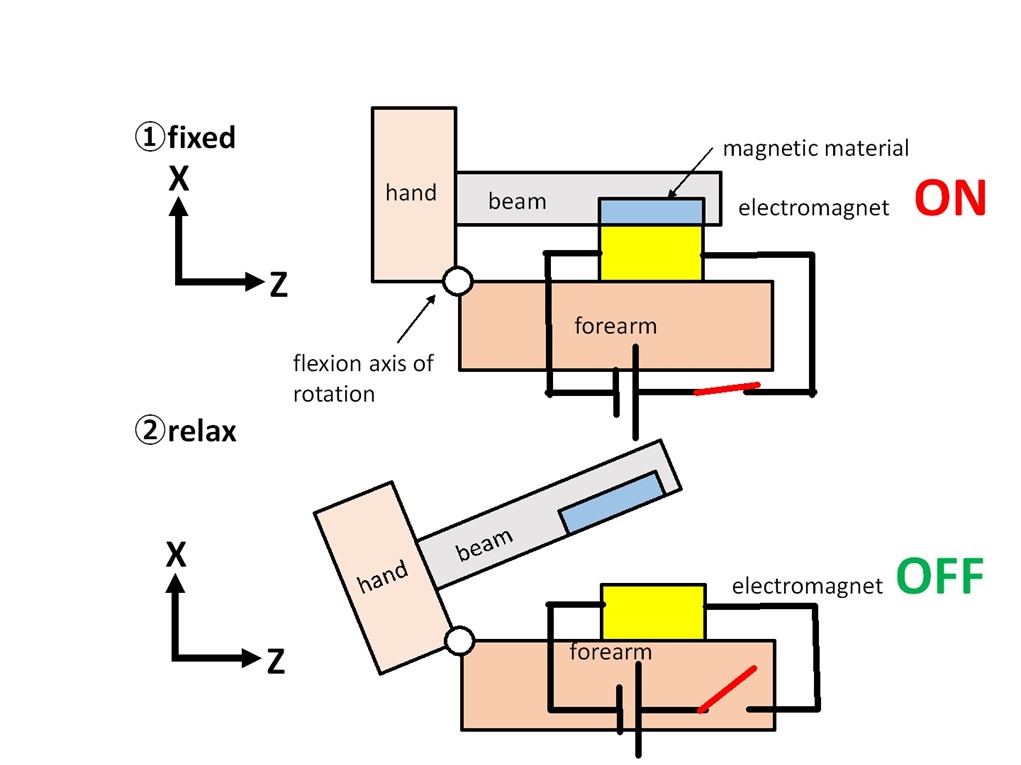
Fig. 10 Diagram of fabricated fuselage and degrees-of-freedom configuratio |
||
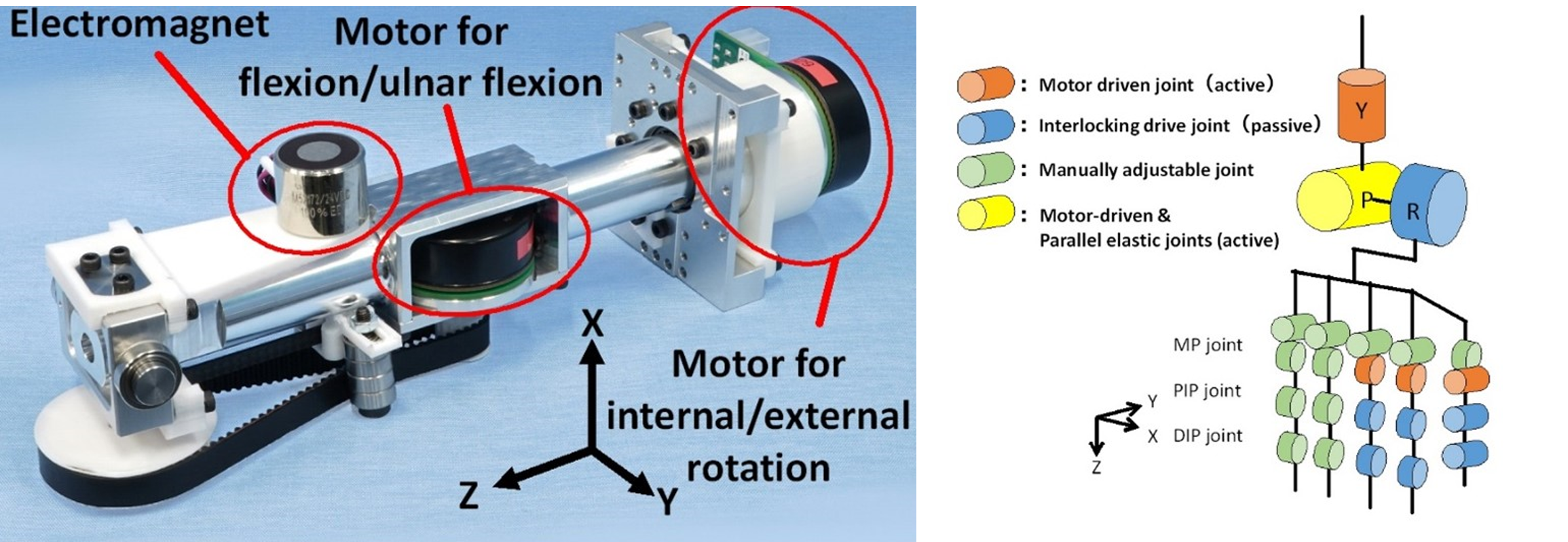
Fig. 11 Fabricated wrist palm flexion/dorsiflexion axis deactivation mechanism |
|
[関連論文] ・ 三島大樹他,"人間の特徴に着目した投球ヒューマノイドロボットの開発(第7報:弾性力・慣性力利用を模擬する投球ロボットの前腕・手首部機構),第42回日本ロボット学会学術講演会予稿集,2A1-02,大阪府,2024年9月. |
■ Development of a Lightweight Hand Motion Mechanism Capable of High-Speed Pitching Based on a Finger Model of Fast Ball Pitching |
||
|
In this research project, we focus on the dynamic motion of pitching, which
involves whole-body coordination, and aim to develop a lightweight and highly
efficient humanoid robot for pitching by mimicking human characteristics. So far, we
have developed an experimental device that reproduces shoulder position movement, an
elastic shoulder and scapula mechanism, an elbow mechanism that simulates relaxing
motion, and a forearm and hand mechanism capable of exerting output equivalent to that
of humans. However, the forearm and hand mechanisms were designed to meet the output
requirements, resulting in a mass far in excess of the mass requirements, which
hindered the realization of high-speed pitching. In this study, we aimed to develop a
lightweight hand motion mechanism that enables high-speed pitching.
During human pitching, before the release of the ball, the thumb leaves the ball grasped by the fingers and the ball begins to roll toward the fingertips of the index and middle fingers, causing spin. In other words, the role of the human hand during pitching can be divided into two major roles: grasping and spin putting, and the switch between the two is caused by the opening of the thumb. It has been suggested that the stiffness of the PIP joints and other joints is increased by co- contraction of the antagonist muscles during release, which is characteristic of the human middle finger during fastball pitching. Furthermore, it has been confirmed that the release timing of the index and middle fingers during fastball pitching is almost simultaneous, and that the PIP joints show similar angular changes. Therefore, we designed the index and middle finger mechanism and the thumb mechanism for fastball pitches, which are the most common type of pitches, and especially made the index and middle fingers motorless by focusing on the movement of the PIP joints to reduce weight. When grasping, the PIP joint angles of the index and middle fingers fixing/release mechanism using wire and electromagnet prevents the PIP joints from extending by fixing one end of the wire to the intermediate phalanges link, and hinging the other end, and adsorbing an electromagnet to hold it in position. When switching from grasping to spin putting, the electromagnet is released, and the hinge is opened by the wire tension to release the fixation. When putting a spin, the PIP joints of the index and middle fingers are applied elasticity by the PIP joints of the index and middle fingers elastic mechanism. In order to obtain the stiffness value, a finger model when a spin is put when pitching a fastball when elasticity was applied to the PIP joints was created. Using data from a human pitcher with a ball speed of 107[km/h], we investigated the stiffness values that would result in a PIP joint angle of 170-180[deg] at ball release, and found that the required PIP joint stiffness values for the index and middle fingers were 3[Nm/rad]. A torsion spring was built into the thumb mechanism to provide continuous grasping torque, thereby reducing the motor requirements and weight reduction. With these improvements, the total mass of the main mechanical elements of the hand motion mechanism was significantly reduced from 1130[g] to 300[g]. To evaluate the usefulness of the mechanism, we conducted a hardball pitching experiment with a pitching humanoid robot. The stiffness values of the PIP joints of the index and middle fingers were set to 0.8 [Nm/rad], respectively, to match the robot's movement speed. In the experiment, the robot successfully threw a fastball at approximately 35[km/h] and 450[rpm], which are considered to be the highest speeds in studies of hardball pitching by robots that simulate human pitching, and it was confirmed that the role and motion of the hand during human pitching were reproduced. The tendency of the time variation of the PIP joint angle of the robot's middle finger toward release was similar to the data obtained during human pitching, and the results supported the validity of the model that applies elasticity to the PIP joint. It was also confirmed that the direction of pitching can be changed by changing the timing of palmar abduction of the thumb. |
||
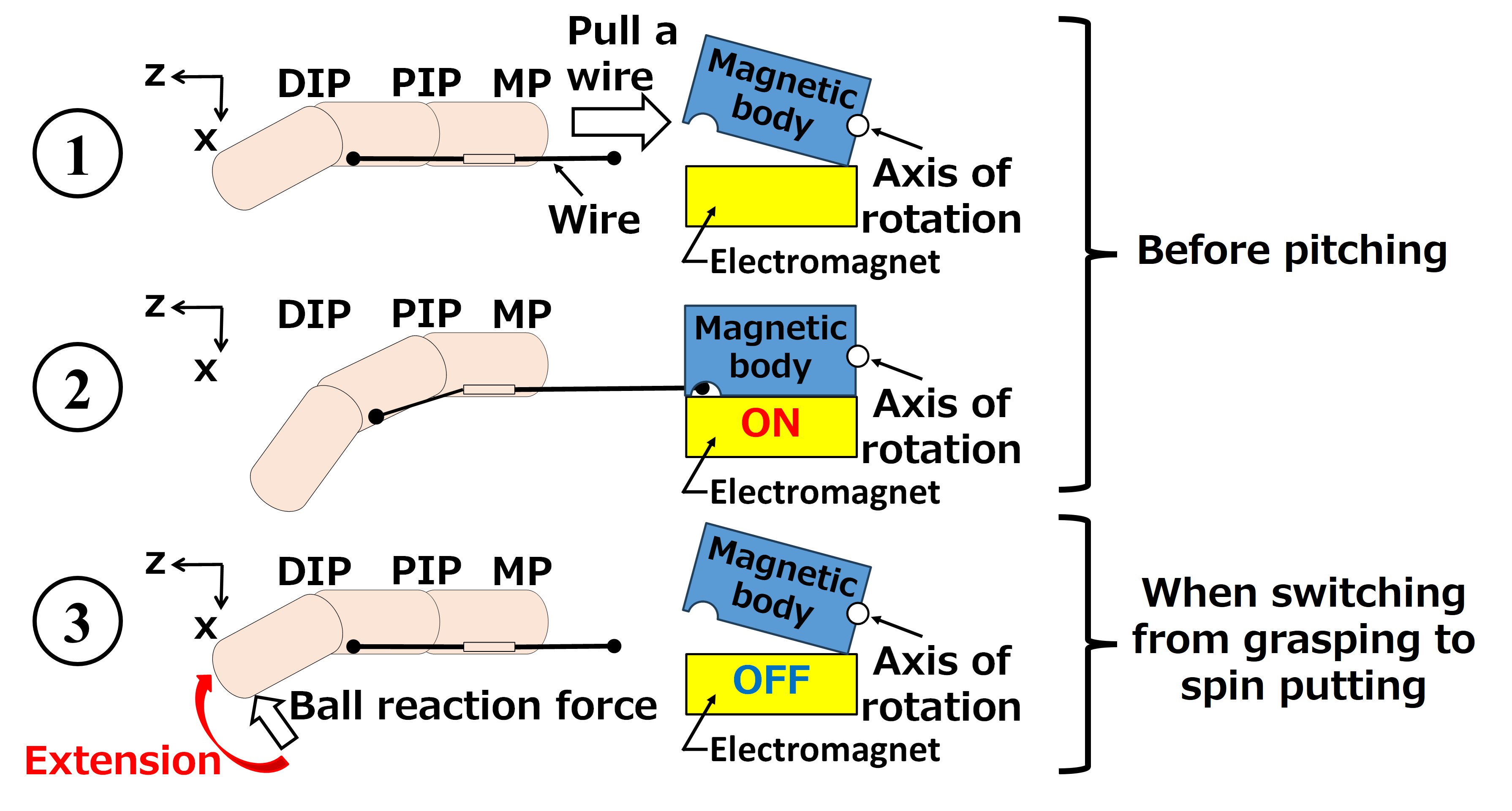
Fig. 12 Angle fixing/release mechanism operation image |
||
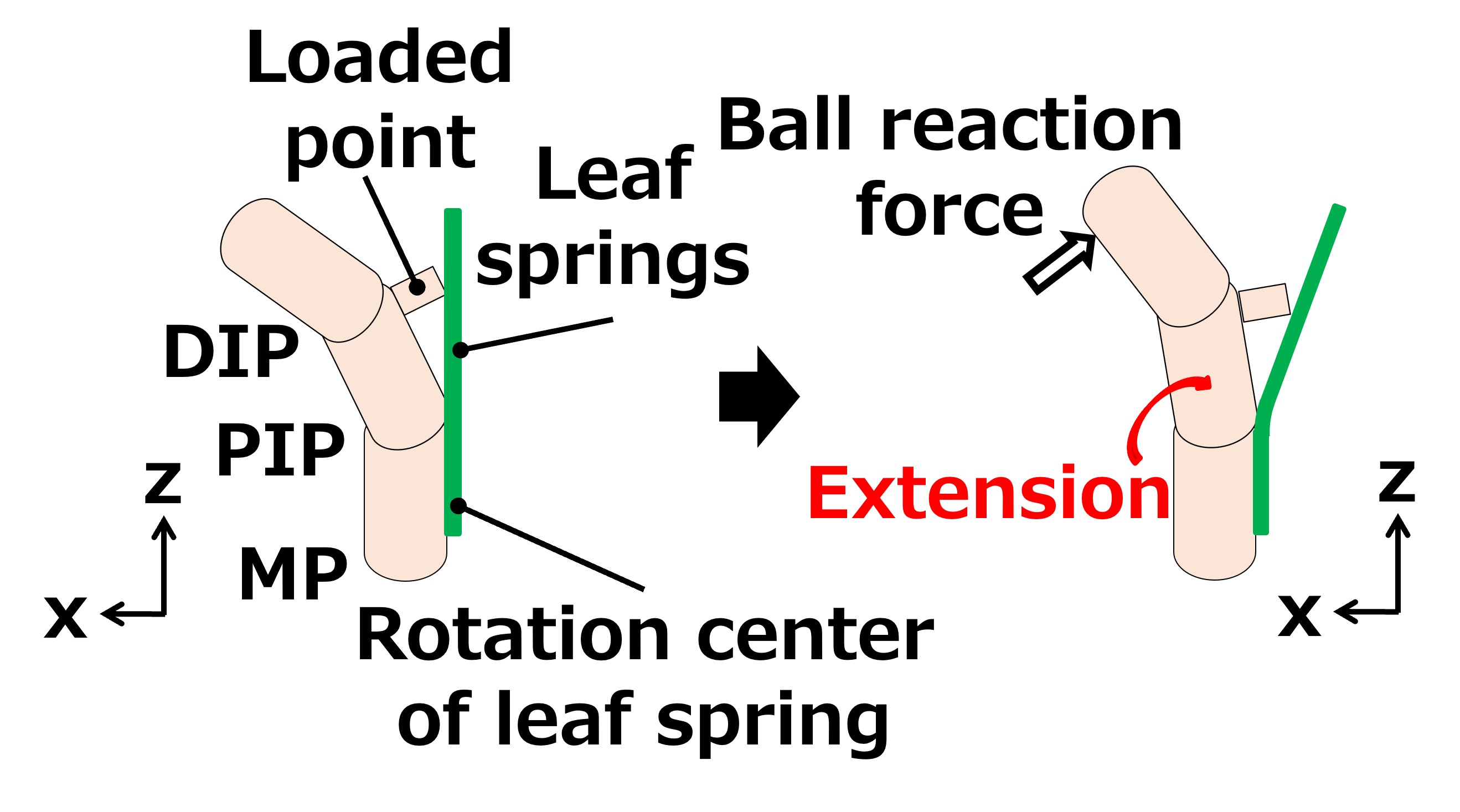
Fig. 13 Elastic mechanism operation image |
||
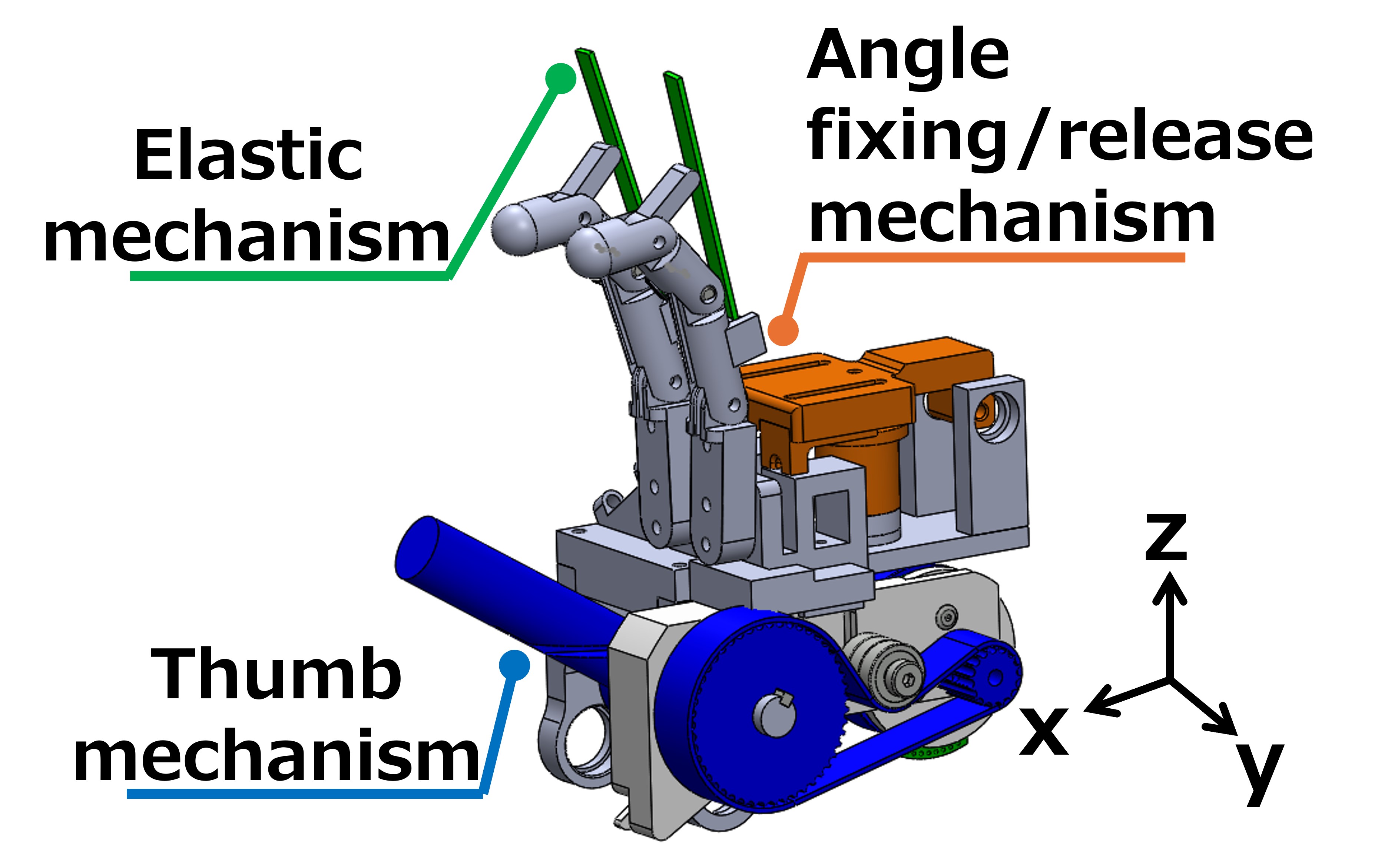
Fig. 14 Hand mechanism |
||
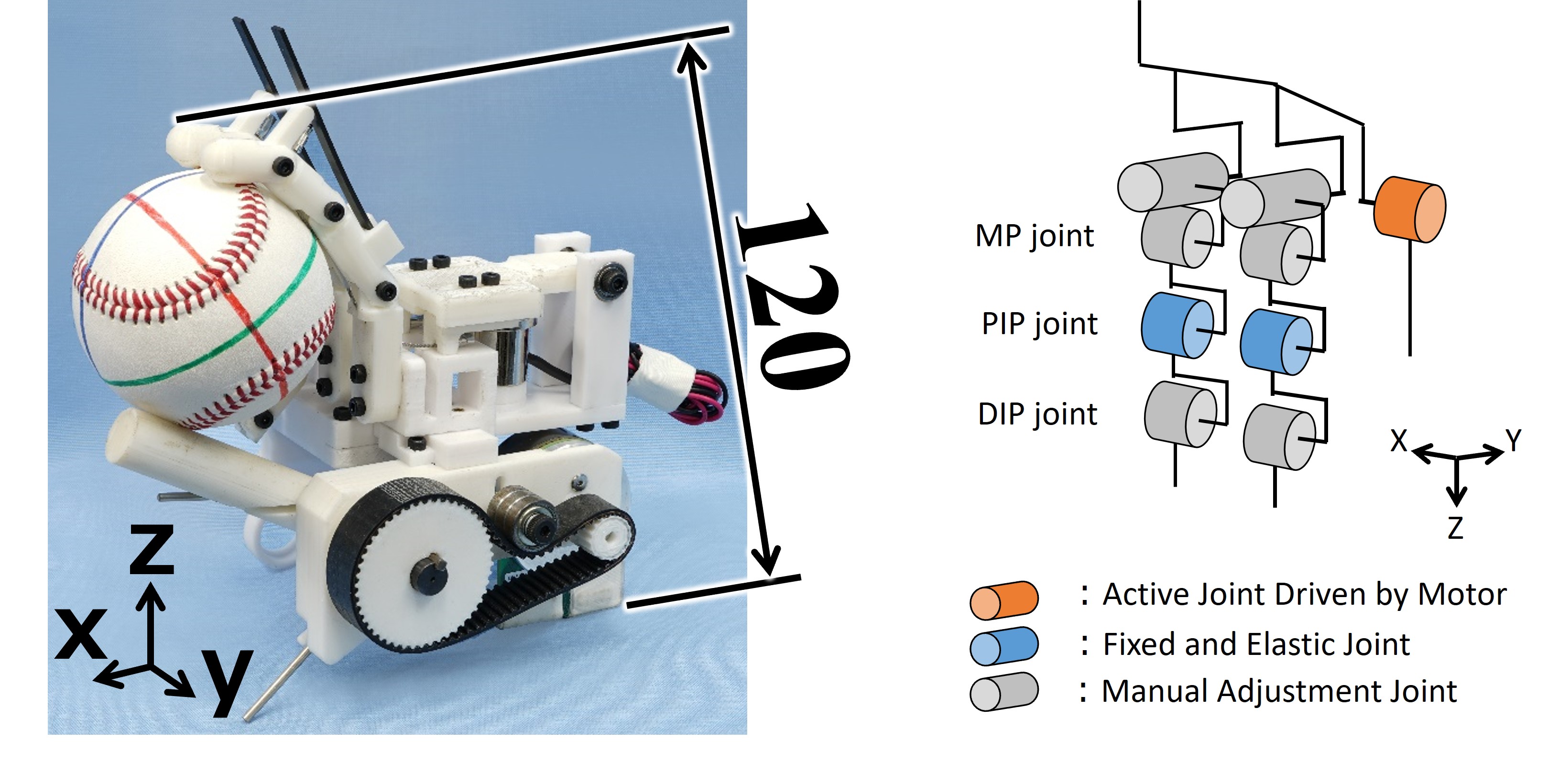
Fig. 15 Hand mechanism and constitution of DoF |
||
|
[関連論文] ・ 青木陸他,"人間の特徴に着目した投球ヒューマノイドロボットの開発(第6報:ストレート投球時の指モデルに基づく高速投球可能な軽量手部機構の開発),第42回日本ロボット学会学術講演会予稿集,2A1-01,大阪府,2024年9月. |
■ Development of shoulder and scapulathoracic joint mechanism for pitching humanoid robot |
||
|
The goal of our research on pitching robots is to create a pitching humanoid robot that focuses on the human body structure and functions by focusing on the pitching motion among the dynamic motions of humans.
So far, we have developed a shoulder that simulates the elasticity of human pitching, a lightweight elbow that simulates relaxing, a forearm that can demonstrate human-like power output,
a finger mechanism with inferior drive, and a trunk device that simulates the motion of the torso.
In this research, we focused on the knowledge from sports science that elasticity of the scapulothoracic joint is important in human pitching, and aimed to develop a mechanism that can simulate the scapular motion that causes the shoulder to move from the scapulothoracic joint. During the cocking phase of shoulder pitching, the shoulder is lowered backward by rotation of the trunk, and elastic energy is stored in the muscles around the scapula, from which the shoulder is sent forward. To incorporate this feature into the humanoid robot, we created a new scapula joint mechanism that uses leaf springs for elasticity as a scapula joint and aimed to improve throwing ability. The scapula has adduction/abduction, upward/downward rotation, and elevation/depression movements, which are linked to the shoulder girdle movements of flexion/extension and elevation/depression, and to the shoulder joint of the internal/external rotation. These elements are intricately involved in the motion. We focused on improving the robot's throwing ability and developed yaw axis that mimics flection/extension of shoulder girdle, because the serratus anterior muscle, which is a muscle that contributes greatly to the scapula area during pitching, is involved in the horizontal movement of the shoulder girdle. The elasticity on scapular axis is equipped as parallel elasticity and it can accumulate energy to reduce the torque on the actuator and improve the performance of the humanoid robot. In the experiment, the scapula axis itself was rotated instead of the trunk rotation, and it was confirmed that the output power in the forward shoulder motion after the elasticity was accumulated was reduced 48% compared to the case without the spring mounted. |
||
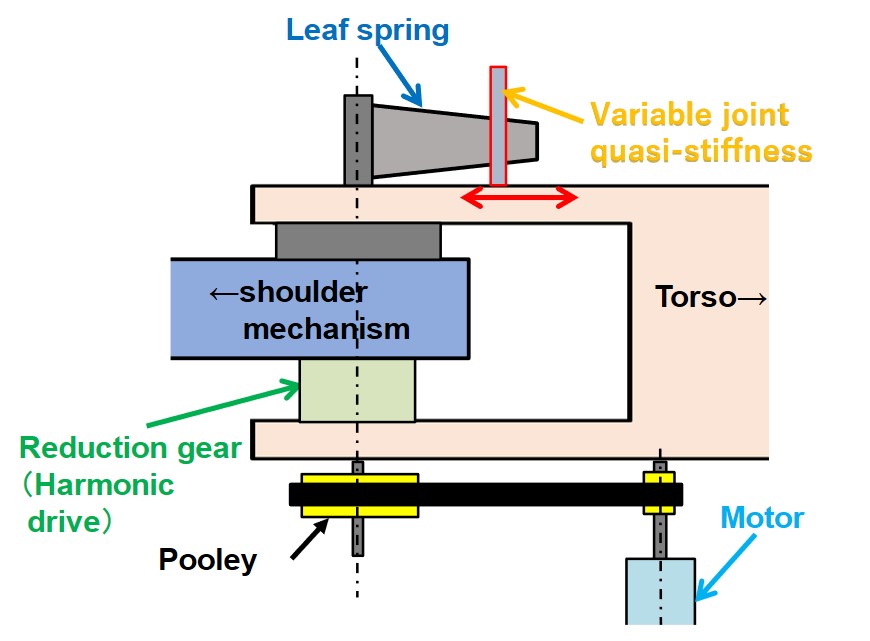
Fig. 16 Scapulothoracic joint mechanism |
||
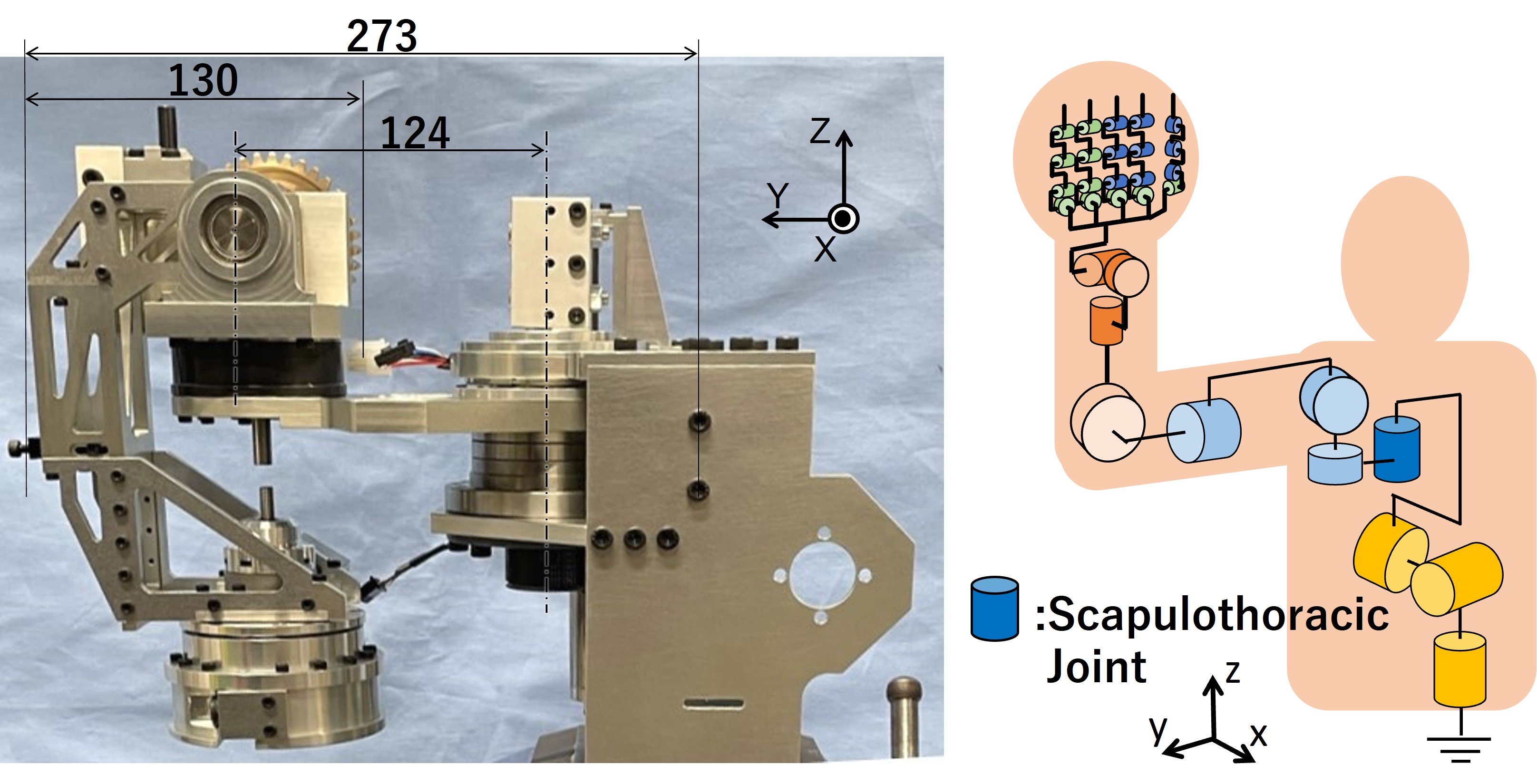
Fig. 17 Shoulder mechanism and constitution of DoF |
|
[関連論文] ・ 岩本真輝他,"人間の特徴に着目した投球ヒューマノイドロボットの開発(第5報:弾性を備えた投球ロボットの肩・肩甲骨機構の開発),第41回日本ロボット学会学術講演会予稿集,3I2-01,宮城県,2023年9月. |
■ Development of a lightweight elbow mechanism that simulates a relaxation motion in pitching |
||
|
In this research, we focus on the pitching motion as a dynamic human motion, and aim to develop a humanoid robot that simulates the human pitching motion.
So far, we have developed a human-like elastic shoulder, an elbow that can be switched from muscular to flaccid motion, a right arm consisting of a hand with underactuated fingers, and the torso mechanism that mimics the movement of the shoulder position during pitching.
In this research, we aimed to develop an elbow mechanism that is as lightweight as a human and can switch from muscular to flaccid motion.
In the conventional mechanism, the flexion and extension of the human muscles is simulated by the active drive of the motor, and when the elbow is extended at a high angular velocity near the ball release, the power from the motor is cut off using a tooth clutch capable of transmitting high torque. and rotate the forearm at high speed by inertial force. The problem with this mechanism is that the tooth clutch is 400[g], the heaviest among the mechanical elements of the arm, while the required mass of the arm is 2.5[kg]. Therefore, we set the following four requirements for elbows: From human motion measurement data, the elbow joint torque during relaxing motion is 10 [Nm]. It is possible to switch from from muscular by motor to flaccid motion. The elbow can be rotated at high speed in the direction of extension in a relaxed state. And since the elbow extension time in the pitching motion is approximately 41 [ms], the switching time is shorter than this. We have developed a new lightweight elbow mechanism that satisfies these requirements. We adopted a method to pull out the mechanical connection for a lightweight mechanism that realizes switching from muscular to flaccid motion. The beam extending from the elbow axis is fixed by sandwiching it between the forearm frame and the bearing attached to the tip of the solenoid, making it possible to transmit power from the motor to the elbow axis and from the elbow axis to the forearm frame. By releasing the fixation of the forearm and the beam with a solenoid that drives in the direction perpendicular to the fixation direction, the power transmission from the motor is cut off, making it possible to switch to to flaccid motion. As a result, the component force of the reaction force applied during power transmission does not occur in the driving direction of the linear motion mechanism, making it possible to reduce the output demand of the actuator. In addition, the reaction force is supported by the guide rail that supports the driving direction of the solenoid, making it possible to transmit large torque. And the length of the solenoid stroke affects the gap length during the relaxation operation, and the length is about 1.5[mm]. Through these improvements, the weight of the conventional tooth clutch used for switching and the weight of the switching mechanism using a solenoid in this research were significantly reduced from 400[g] to 206[g]. |
||
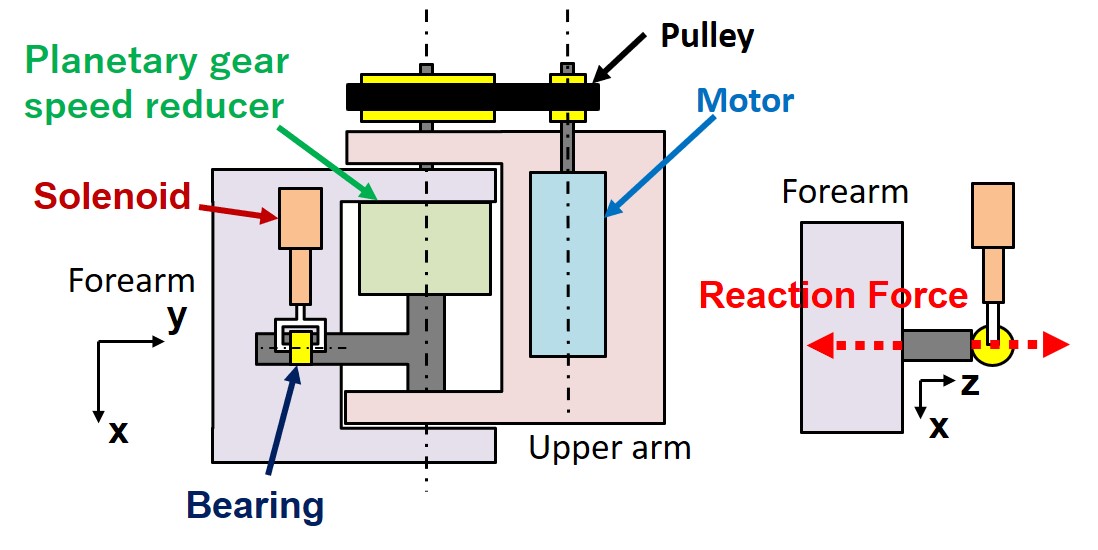
Fig. 18 New elbow mechanism |
||
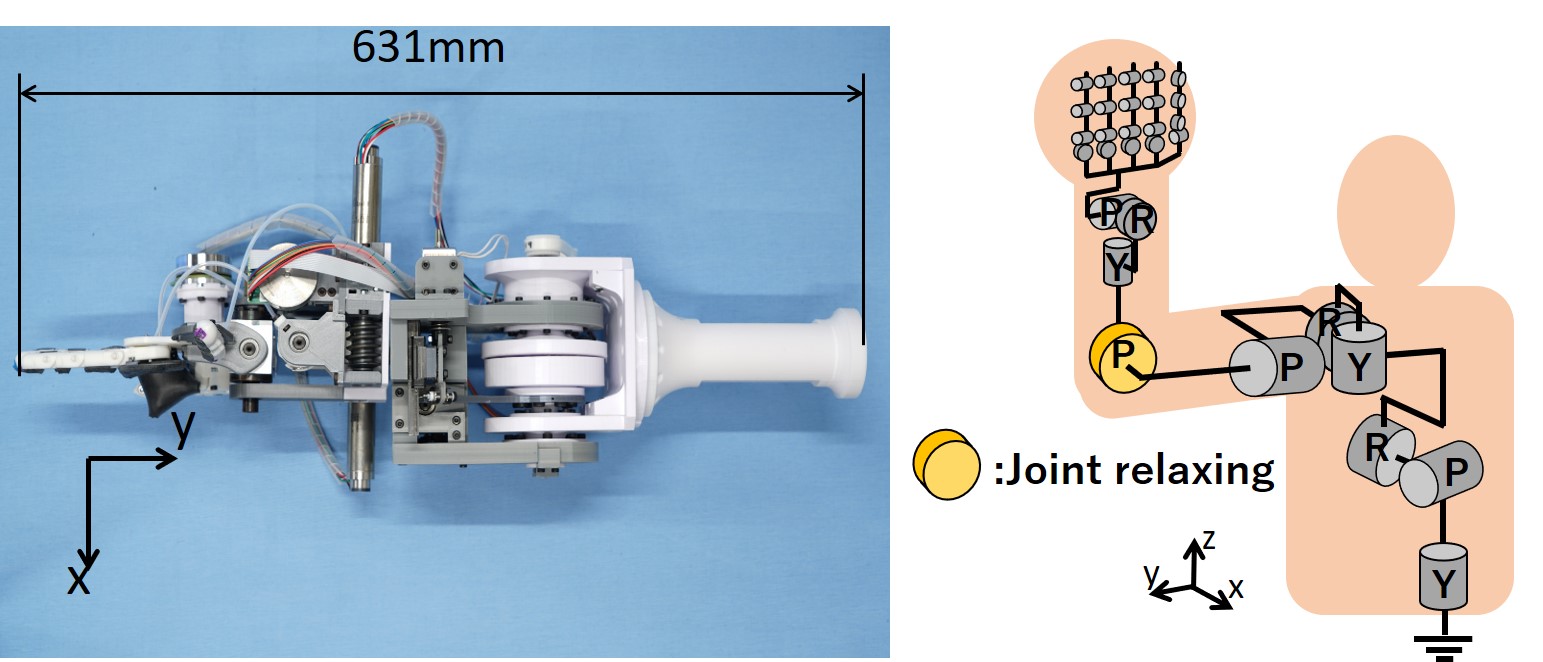
Fig. 19 Elbow mechanism and constitution of DoF |
|
[関連論文] ・ 中澤由理他,"人間の特徴に着目した投球ヒューマノイドロボットの開発(第3報:投球時の脱力動作を模擬する軽量肘部機構およびボールに回転を加える投球が可能な指部機構の開発),第40回日本ロボット学会学術講演会予稿集,1E1-03,東京都,2022年9月. |
■ Development of forearm and hand mechanism capable of exerting output equivalent to that of humans |
||
|
In this research, we focus on pitching motion as a dynamic human motion, and aim to develop a humanoid robot that simulates human pitching motion. Since the upper arm mechanism with shoulder and elbow joints and the experimental device that reproduces the movement of shoulder position have already been developed, we aimed to develop the forearm and hand mechanism with wrist and finger joints.
From previous research, it is known that human pitching movements have the following characteristics. First, the movement of the trunk and arms causes the hands to move at high speed while grasping the ball. In addition, the rotational movement of the forearm and wrist rotates and accelerates the hand, and finally fingers push the ball and determine the rotation, speed, and accuracy of the pitch. While realizing these characteristics of human pitching motion, it has the same weight, size, and movable angle as humans, and requires the following output with reference to the pitching motion of ball speed 100 [km / h]. The torque requirements of the wrist Roll, Pitch, and Yaw axes are 9.0 [Nm], 3.0 [Nm], 5.0 [Nm], respectively, and the angular velocity requirements are 2400 [deg / s] for all three axes, both of which are exerted simultaneeously. The finger joints were required to exert a maximum force of 150 [N] and an angular velocity of 3500 [deg / s] at the fingertips. In order to meet these requirements, we devised the following mechanism. First, we adopted a worm gear for the decelerator so that both wrists and fingers can produce the required output. In addition, in order to reduce weight and simulate the driving method of human fingers, one motor is used for each of the index finger, middle finger, and thumb required for pitching. All joints of each finger are connected with wires placed on the palm side for flexion and springs for extention, which is called one-sided antagonistic drive. For further miniaturization and mass distribution, a wrist Yaw axis motor, thumb motor and worm gear are placed on the trunk. In order to tranmit power from its trunk to its forearm and hand, a flexible shaft and wire and outer tube are used. Based on the above, we designed the mechanism of the forearm and hand. A ball gripping experiment was conducted to evaluate the usefulness of the mechanism. From the experiment, it was confirmed that the one-sided antagonistic drive using wires and springs is effective, and that the ball gripping by the designed mechanism is functioning. |
||

Fig. 20 The finger mechanism that perform flexion and extention by one-sided antagonistic drive |
||
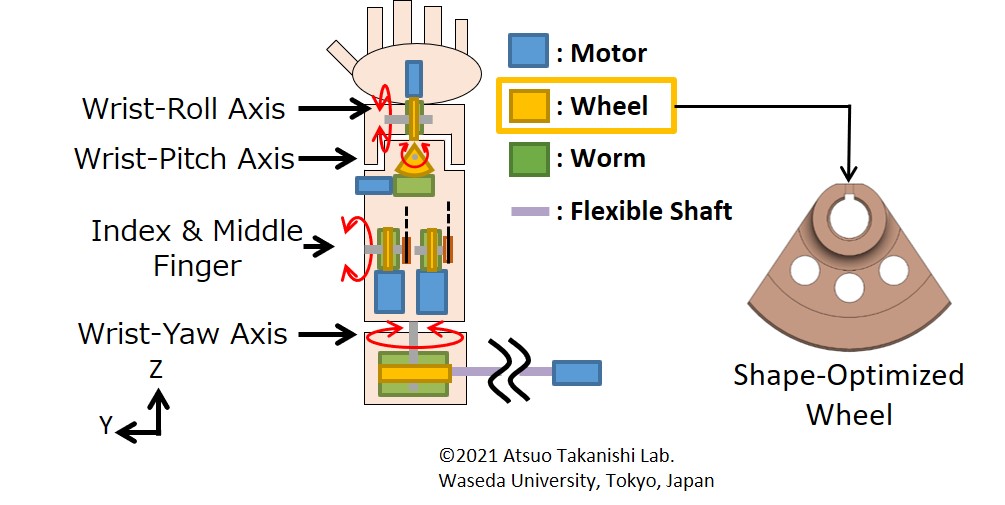
Fig. 21 The wrist mechanism |
||
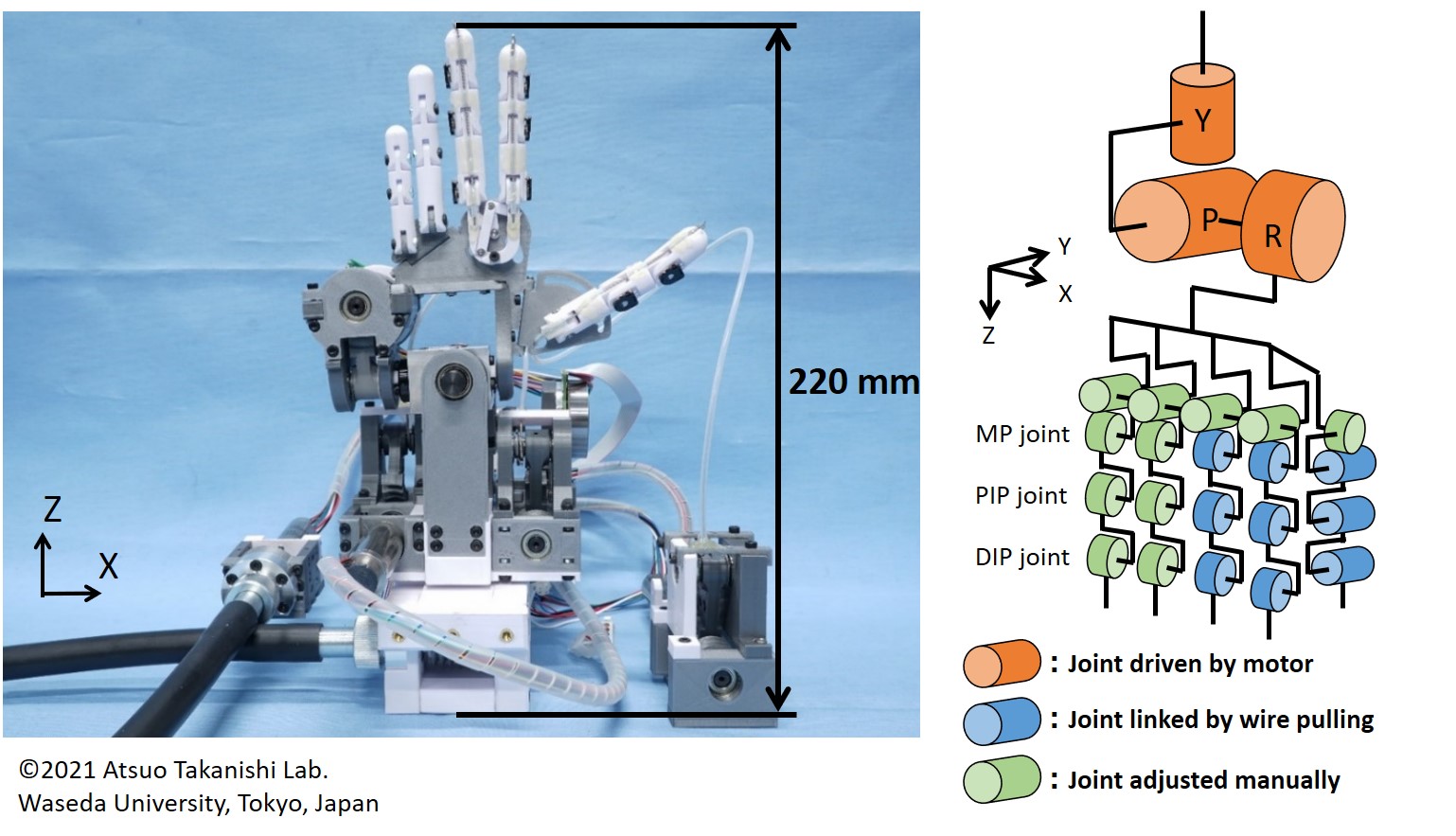
Fig. 22 Wrist and finger joint mechanism and constitution of DoF |
|
[関連論文] ・ 宮澤啓吾他,"人間の特徴に着目した投球ヒューマノイドロボットの開発(第2報:人間と同等の出力発揮が可能な前腕部および手部機構の開発),第39回日本ロボット学会学術講演会予稿集,3C1-04,オンライン開催,2021年9月. |
■ Development of an arm mechanism that enables pitching using elastic force and inertial force |
||
|
So far, in this research, we have focused on running motion in developing a humanoid robot that simulates the dynamic motion of humans.
In this research, we focus on pitching motion as a dynamic human motion other than running, and aim to develop a humanoid robot
that simulates human pitching motion.
Previous studies have shown the following about the physical characteristics of human shoulder and elbow movements during pitching. 1. By utilizing the elasticity of muscles and tendons, elastic energy is stored and released during pitching in the internal and external rotation of the shoulder during pitching. 2. By utilizing the inertia applied to the forearm during pitching, the elbow is extended and the forearm is accelerated without relying on the muscles that extend the elbow joint. In order to develop the arm of a humanoid robot that incorporates the above two human characteristics as a mechanism, we investigated a previous study that measured the throwing motion of a human body. As a result of analyzing the obtained data, it was found that the torque and the angle have a linear relationship when the external rotation angle of the human shoulder exceeds a certain angle. Based on the inclination, the required specification for the elastic value of the shoulder joint was set to 70 [Nm / rad]. It was also found that the exerted torque was small with respect to the magnitude of the change in angular velocity when the elbow was extended immediately before the ball was released. Based on the torque at that time, the required specifications for the exerted torque of the elbow joint were set to 10 [Nm] or less. In order to meet these required specifications, we devised the following mechanism. For the mechanism that performs the internal and external rotation of the shoulder, we devised a mechanism that uses a CFRP leaf spring to switch between active motion driven by a motor and elastic motion using a spring according to the joint angle. Regarding the elbow mechanism that uses inertial force, we devised a mechanism that uses a clutch to arbitrarily cut off the power transmission from the motor. The arm mechanism was designed in consideration of the above. In addition, in order to evaluate the developed arm, it is necessary to generate an inertial force on the arm, and we also designed an experimental device to reproduce the movement of the trunk during pitching. We verificated it on a dynamics simulator to evaluate the usefulness of the mechanism, and we confirmed that the load on the actuator was reduced by installing a mechanism that utilizes elastic force and inertial force. |
||

Fig. 23 The mechanism that performs the internal and external rotation of the shoulder |
||
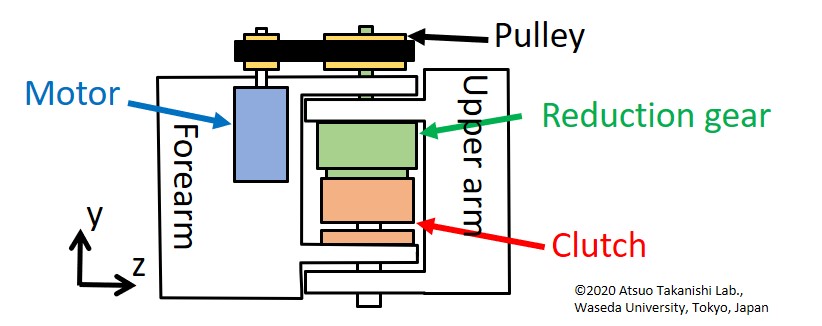
Fig. 24 The elbow mechanism |
||
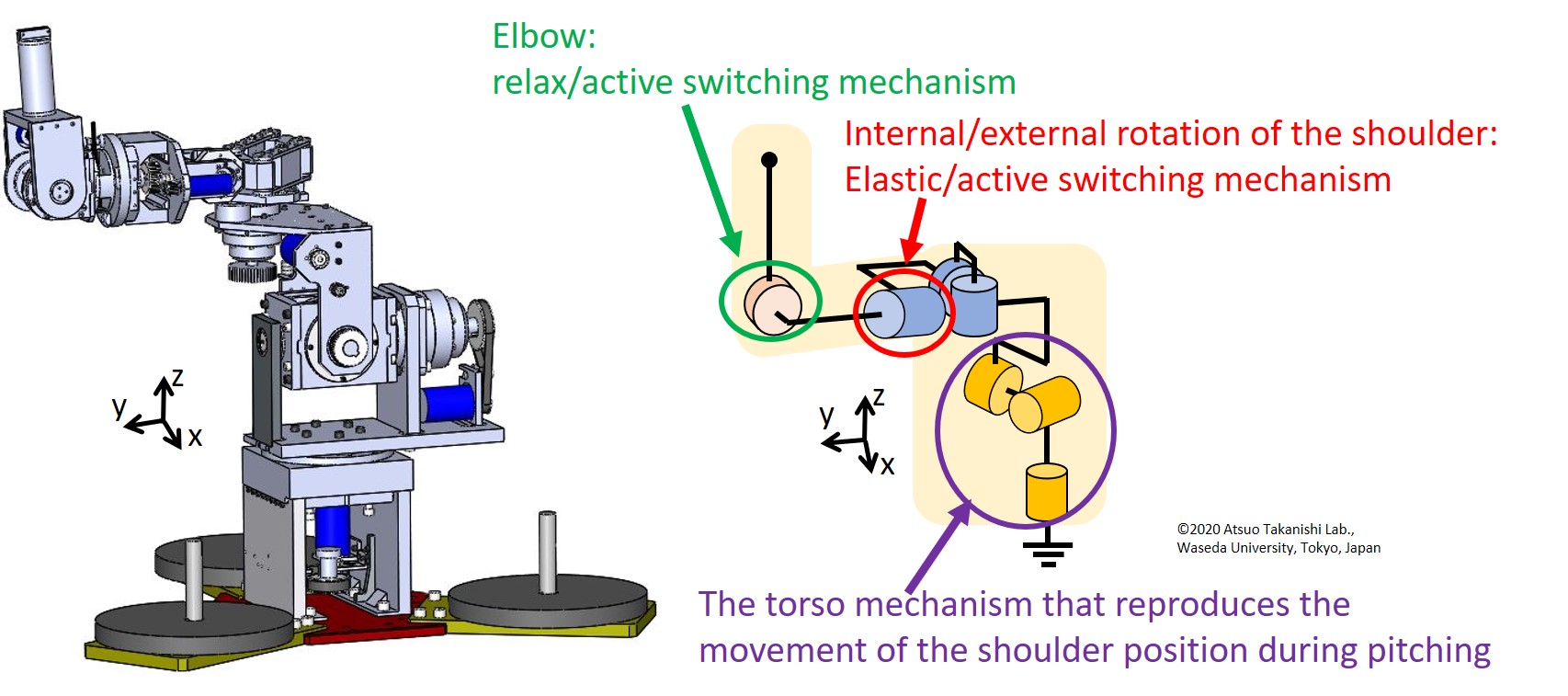
Fig. 25 Designed mechanism(including experimental device) |
|
[関連論文] ・ 渡部竜也他,"人間の特徴に着目した投球ヒューマノイドロボットの開発(第1報:弾性力と慣性力を利用した投球が可能な投球腕部機構の開発),第38回日本ロボット学会学術講演会予稿集,2H3-04,オンライン開催,2020年10月. |
Running-Robot |
||
■ Development of a Variable Joint Quasi-Stiffness Mechanism with High Power Output and Measurable torque for a Biped Running Robot Utilizing Leg Elasticity |
||
|
The following characteristics are known to be observed in human running motion during the stance phase.
(1) the legs behave like linear motion springs, (2) the knee and ankle joints behave like rotational springs,
and (3) the stiffness of each joint varies according to the running speed.
To imitate these characteristics,
we have developed a variable joint quasi-stiffness mechanism of the knee and ankle joints using CFRP leaf springs.
However, due to excess mass and other reasons, the variable ankle joint stiffness mechanism has not been implemented. In addition, the leg mechanisms developed previously could not measure the torque exerted by the joints, making it impossible to evaluate the motion. Therefore, we developed a new foot mechanism that can measure joint torque and change joint stiffness. In general torque sensors, a deformable member such as a metal beam is installed and the torque is estimated by measuring the amount of deformation. Therefore, when the load to be measured is large, a deformable member with high strength and stiffness is required, resulting in a tendency toward large size and high weight. The required specifications for the maximum torque and mass of this machine were determined based on human body measurement data, and there were no sensors that could be mounted within a foot mass of 1.0[kg] that could measure a maximum torque of 190[Nm]. Therefore, we considered the use of CFRP leaf springs as deformable members because of their light weight, high strength, and ability to tolerate large deformations. The leaf springs are designed to withstand the maximum load at the landing, and at the same time, they are components that are supposed to deform at large rates, so their low stiffness compared to metal components is not a problem. By combining the roles of a leaf springs as both a joint elastic element and a sensor component, torque measurement could be realized with only a few additional parts. For the displacement sensor, a strain gauges were adopted, which are compact, lightweight, and capable of easily achieving high resolution and high speed measurement. In addition, the elemental arrangement of the entire leg was reexamined, and a new foot mechanism was developed in which the active motion is driven in parallel by motors mounted on the upper leg, and the variable ankle joint stiffness mechanism is mounted on the foot. |
||
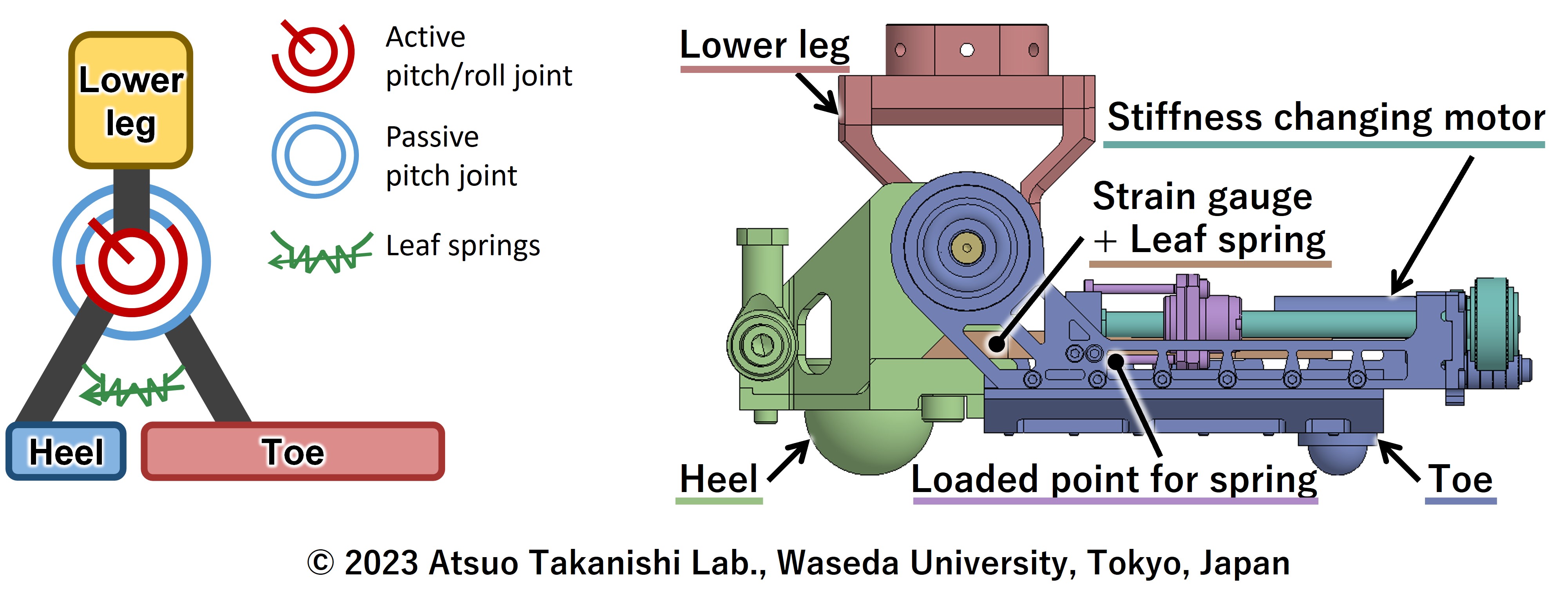
Fig. 26 Schematic of foot mechanism including variable joint quasi-stiffness mechanism |
||
|
Based on the above, we designed and developed the mechanism shown in Fig. 18 and 19. While adding a variable joint quasi-stiffness mechanism and torque measurement, we were able to suppress the excess of the foot mass to 0.3[kg] compared to the human foot mass of 1.0[kg]. Performance evaluation tests were conducted on the developed mechanism. First, it was confirmed that the stiffness can be changed during the flight phase time of 0.4[s] during running. In addition, it was found that the set value of the torque measurement can be estimated with high accuracy by measuring the strain of the leaf spring. |
||
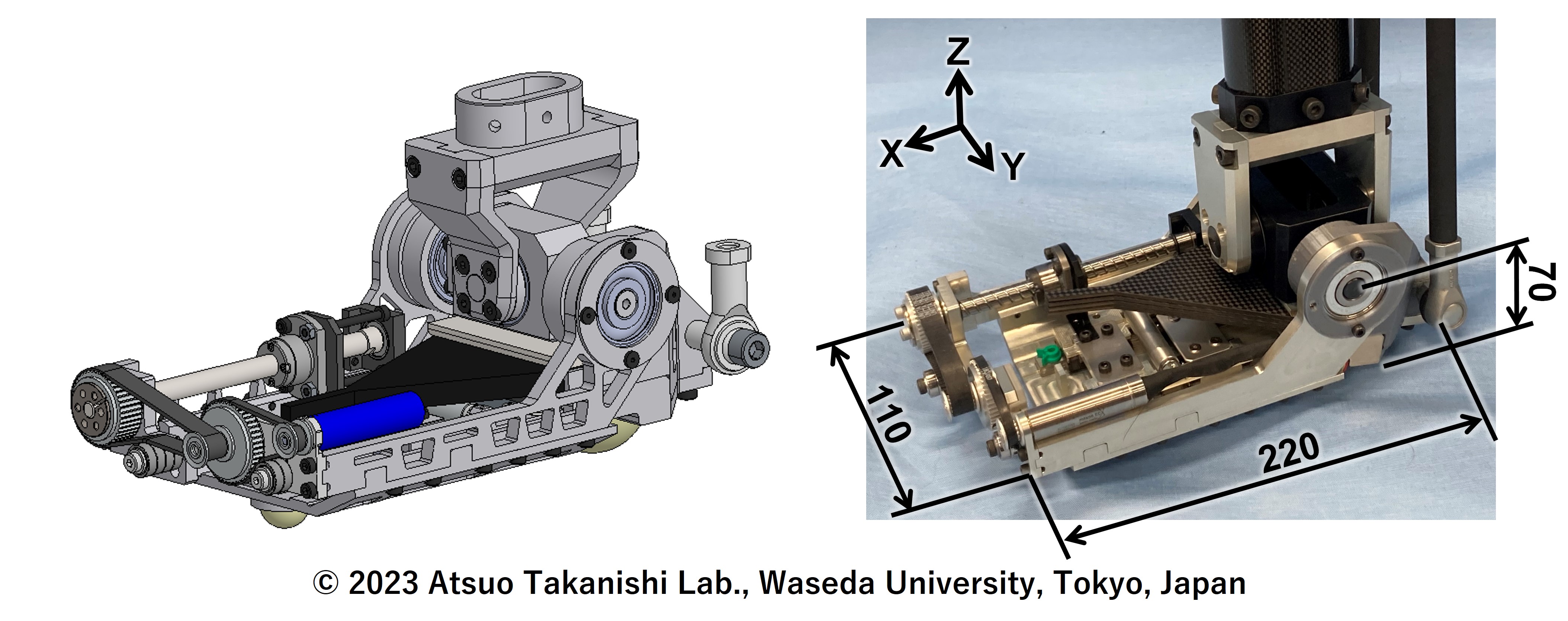
Fig. 27 CAD drawing and photograph of foot mechanism |
||
|
[Related paper] ・ 金丸光希他,"脚弾性を活用した2足走行ロボットのための高出力発揮・トルク計測可能な剛性可変機構の開発,第41回日本ロボット学会学術講演会予稿集,3B2-01,宮城県,2023年9月. |
■ A new lower-leg mechanism with high joint output, changeable joint stiffness and the same mass of human’s |
||
|
Human running has a characteristic that knee and ankle joints can be modeled as torsion springs in stance phase.
And the joints stiffness changes according to running speed.
We had developed a mechanism capable of changing joint stiffness with CFRP(Carbon Fiber Reinforced Plastic) leaf springs.
However, previous ankle mechanism is big and heavy because of trying to meet quasi human joint.
To solve this problem, we developed a new ankle mechanism which has almost same joint power, stiffness and weight as human.
Human's ankle can output 190 [Nm] active torque, joint stiffness is 250 ~ 325 [Nm/rad] at running speed 2.0 ~ 5.0 [m/s] and the lower leg is 3.3 [kg]. In order to realize these requirements, the previous ankle mechanism used double-motor mechanism, joint stiffness mechanism and 4-bar linkage mechanism. For decreasing the weight of the mechanism, the arrangement of the mechanism inside the leg was reconsidered. In particular, the double-motor mechanism was relocated to thigh. In another problem, the leaf spring is long by using 4-bar linkage mechanism with few design parameters. Therefore, we used 5-bar linkage mechanism which can be adopted more than 4-bar linkage mechanism. In order to mount these on an ankle joint mechanism that can perform active and passive movements, we decided a 5-bar&4-bar linkage mechanism as shown in Fig. 7 that combines 5-bar and 4-bar linkage mechanism. |
||
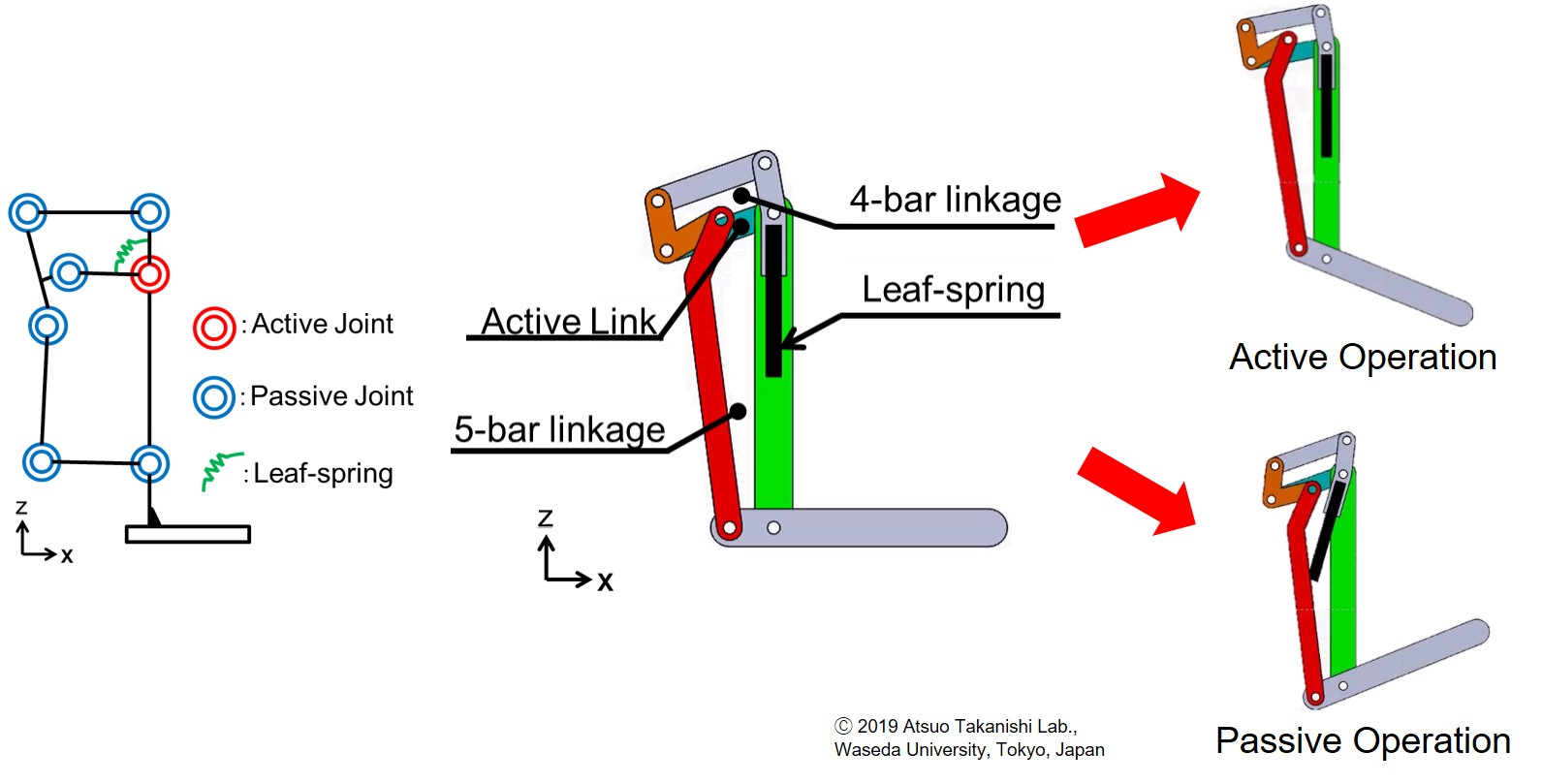
Fig. 28 Ankle joint mechanism with 5-bar&4-bar linkage mechanism |
||
|
Considering the above, we designed and developed a mechanism as shown in Fig. 8, 9. In particular, the use of a 5-bar linkage mechanism has shortened the leaf spring length by about three times compared to the previous mechanism. A performance evaluation test of the developed mechanism was conducted. Due to the limit of the output current of a motor driver, the ankle torque of 190 [Nm] as human could not be achieved. And the developed lower leg mechanism was about 1.5 [kg] heavier than the human lower leg. However, compared to the previous mechanism, we were able to reduce the weight by about 0.7 [kg] without significantly reducing performance. |
||
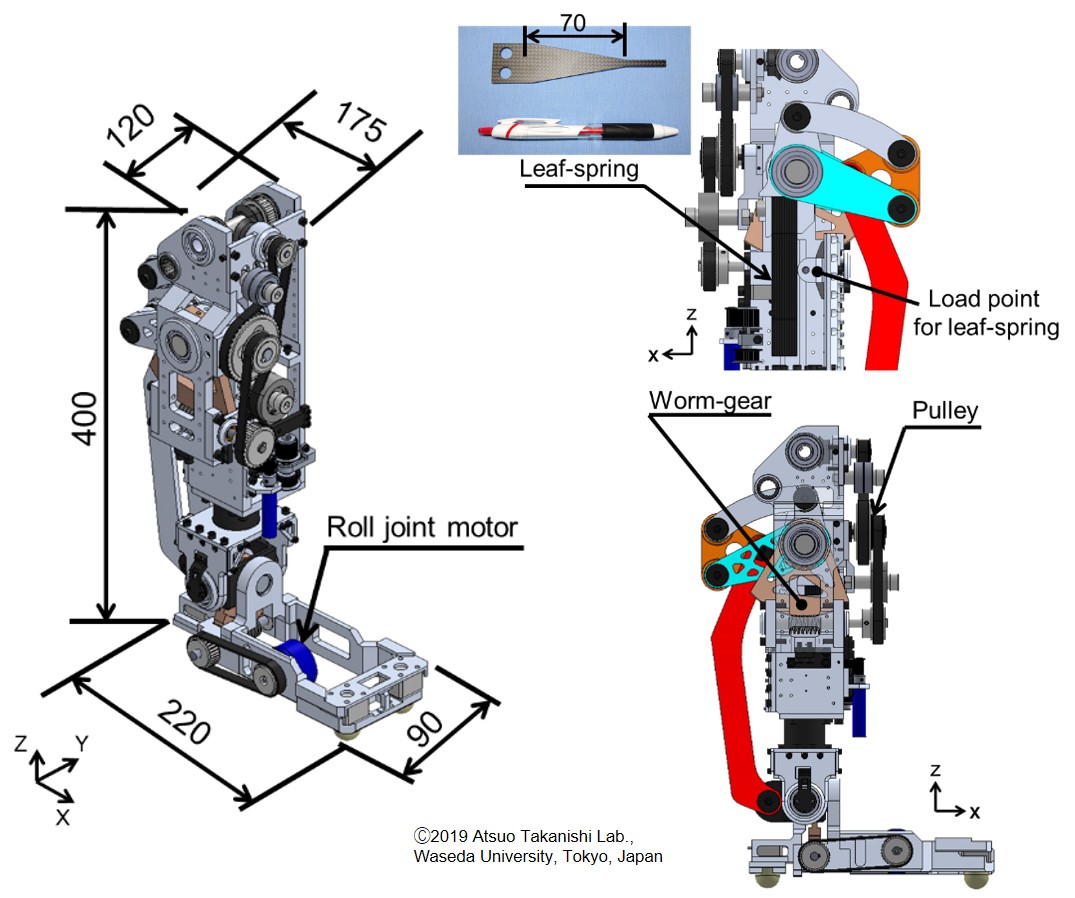
Fig. 29 CAD of ankle joint mechanism |
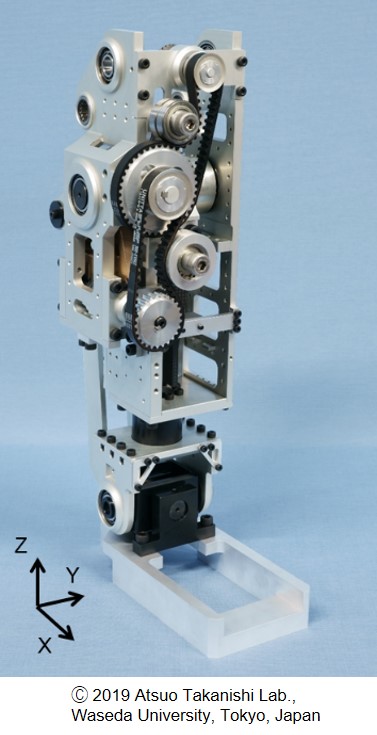
Fig. 30 New ankle joint mechanism |
|
|
[関連論文] ・ 黒岩祐志他,"骨盤運動に着目した2足走行ロボットの開発(第23報:高出力,剛性変化可能で人間と同等の質量特性を有する下腿機構),第37回日本ロボット学会学術講演会予稿集,3L3-03,東京都,2019年9月. |
■ Development of variable knee joint stiffness mechanism using an elastic element |
||
|
In previous studies, mechanisms to actively vary joint stiffness in humanoid robots have
been developed to mimic the rotational spring characteristics of human joints during
locomotion. However, traditional leg mechanisms have struggled to simultaneously achieve
knee stiffness variability, human-equivalent mass properties, and high output
performance during running. To address these challenges, a novel knee stiffness
variation mechanism was developed.
Conventional stiffness variation mechanisms typically rely on shifting the load point. In this study, as shown in Fig., we adopted a method that alters the fixed point instead. By varying the distance between the fixed point and the load point, this method allows precise control of stiffness and can even achieve infinite joint stiffness when required. Traditional mechanisms faced issues such as the movement of the fixed point during stiffness actuation and deformation of linear guides and structural components along with leaf springs. To resolve these problems, the linear guide was integrated directly into the knee joint, and the entire lower leg frame was designed to support the load. This approach prevents deformation of structural components and enables a compact and lightweight design. The mechanism designed is illustrated in Fig. Impact tests confirmed stiffness invariance during the stance phase, and the flexibility of the leaf springs demonstrated their impact absorption effect. Additionally, experiments conducted to verify the output-enhancing effects of the leaf springs showed that the series elastic elements contributed to improved energy efficiency during locomotion and enabled higher joint output. This resulted in enhanced torque and angular velocity of the knee joint. |
||
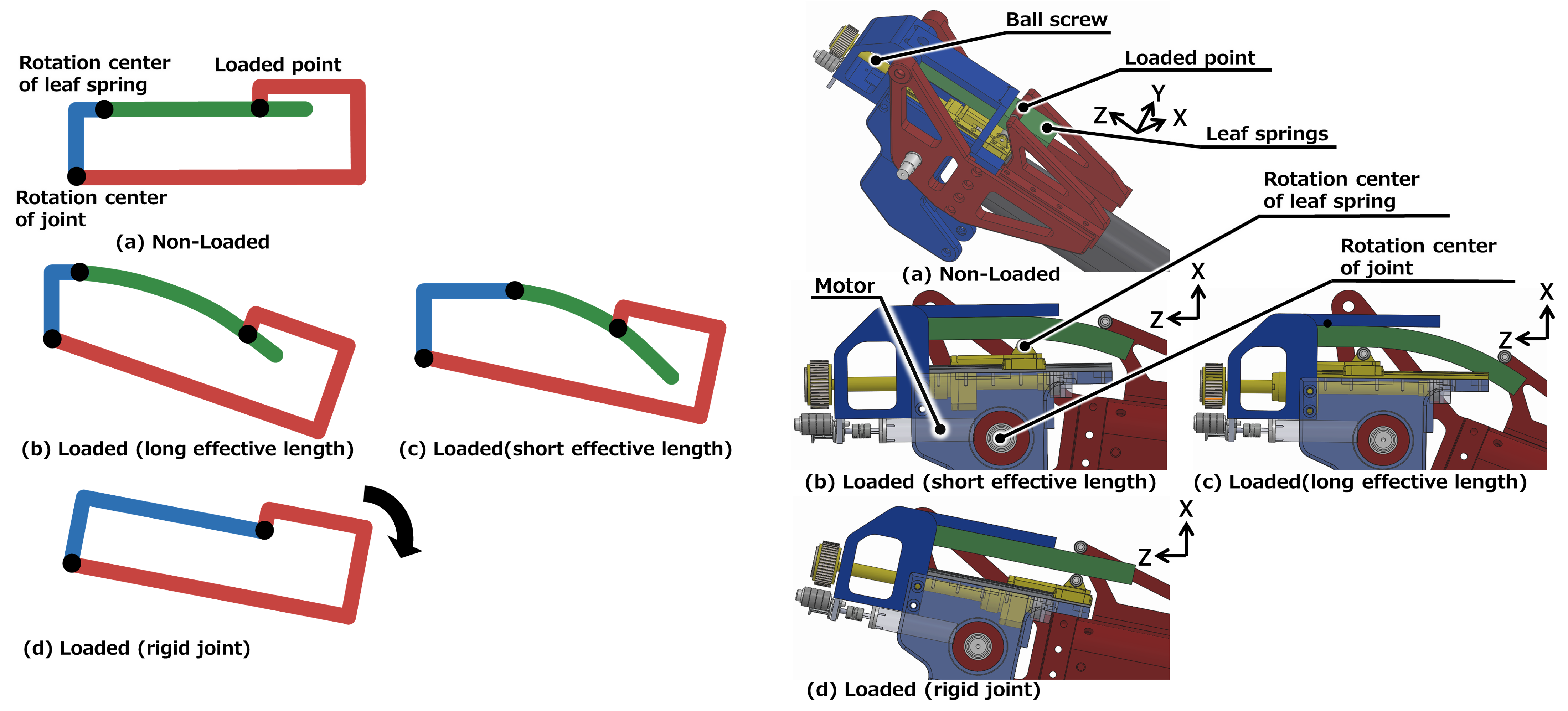
Fig. 31 New Variable knee stiffness mechanism Image |
||
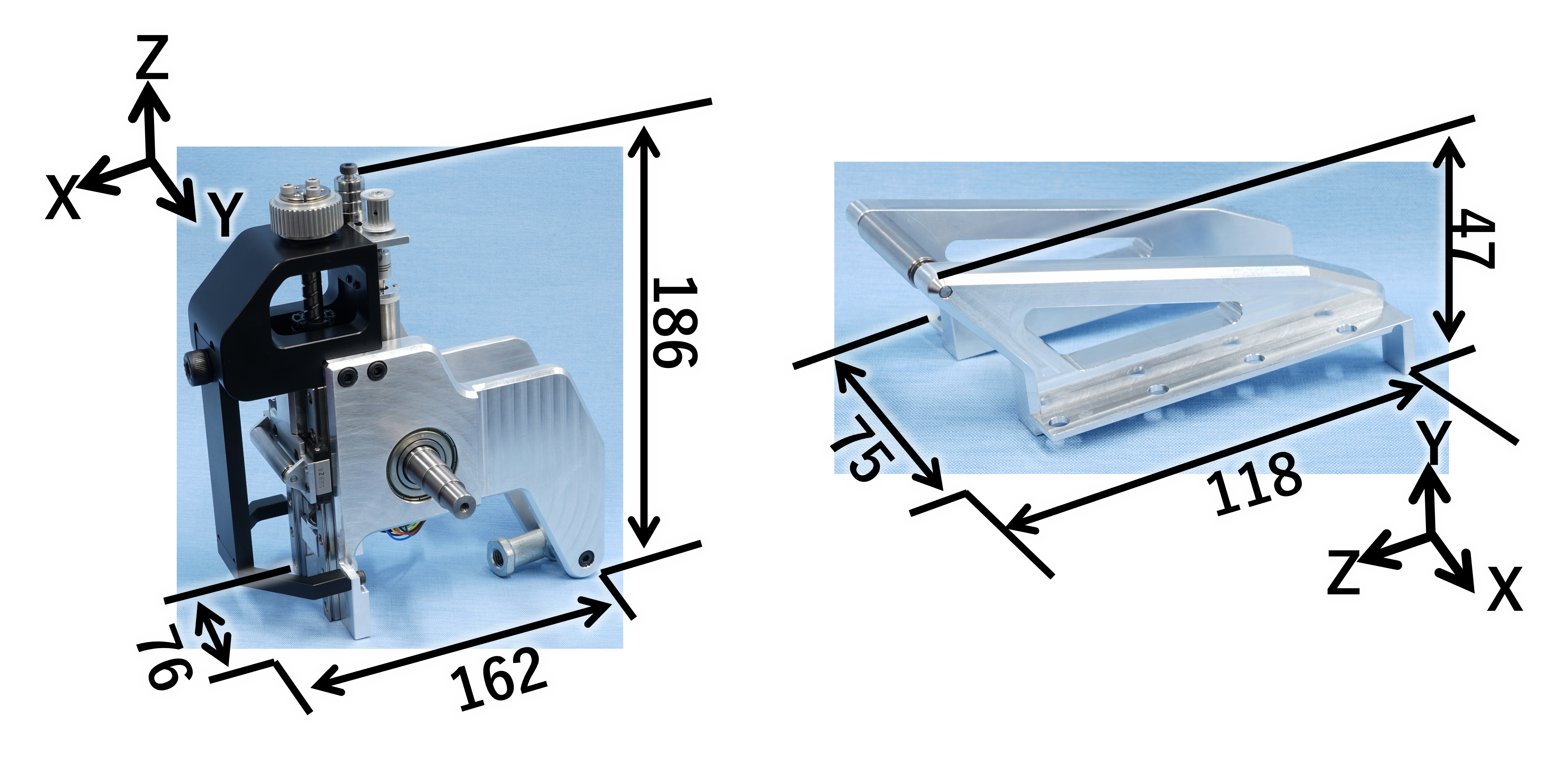
Fig. 32 New Variable knee stiffness mechanism |
|
[関連論文] ・ 金澤政宜他,"脚弾性を活用した 2 足走行ロボットのための膝剛性可変機構の開発",第42回日本ロボット学会学術講演会予稿集,【3I3-03】,大阪府,2024年9月. |
■ A Design of Lightweight and High-power Leg Mechanism for Bipedal Running Robot Utilizing Joint Elasticity |
||
|
Prior to this research, we have developed variable joint quasi-stiffness mechanism,
to imitate the behavior of human knee and ankle joint while running.
However, current leg mechanism has yet equipped this quasi-stiffness mechanism.
In addition, human-level joint power and link mass are also not achieved.
Thus, we developed a new leg mechanism which apply all those requirements.
The mass distribution in various parts of the human lower limb is approximately 8.4[kg] in the thigh, 3.3[kg] in the lower leg, and 1.0[kg] in the foot, becoming lighter towards the end. Therefore, in the robot we have developed in the 2018/19, the lower limb power transfer system was redesigned to replicate these mass characteristics. By introducing a 5-linkk structure and relocating the ankle joint actuator to the thigh, the mass of the lower leg was reduced to 4.8[kg]. However, replication of human body mass characteristics remained insufficient. Thus, a reevaluation of the mechanical arrangement and power transfer system of the lower limbs was conducted, leading to the development and incorporation of a new non-interference link mechanism. The non-interference link mechanism performs a two-axis orthogonal movement at joint B (ankle joint) through joint A (knee joint), and the movements of joints A and B do not interfere. Typically, when driving joint B through joint A, the movement of joint A affect the power transfer, causing a change in the angle of joint B. While it is possible to implement control to collect joint angle, our study's aim is to achieve high-power operations beyond the capabilities of passive controls. Given this, controlling and correcting joint angles, including elastic components, at high speed and high torque becomes challenging. In this context, the power transmission through this mechanism would be effective. By combining the parallel mechanism and utilizing relatively low-power and lightweight actuators, the two-axis orthogonal drive from the thigh to the ankle joint has been achieved, resulting in the realization of a lightweight leg. Additionally, the frame structure was redesigned by incorporating internal-skeleton approach, utilizing a single material with high specific strength for the skeletal framework. Various impact load scenarios during running were considered, and simulations were conducted, particularly focusing on the impact load expected during landing, estimated to be around 3000 [N]. Through these simulations, a pipe with an elliptical cross-section was selected as the optimal skeletal shape. |
||
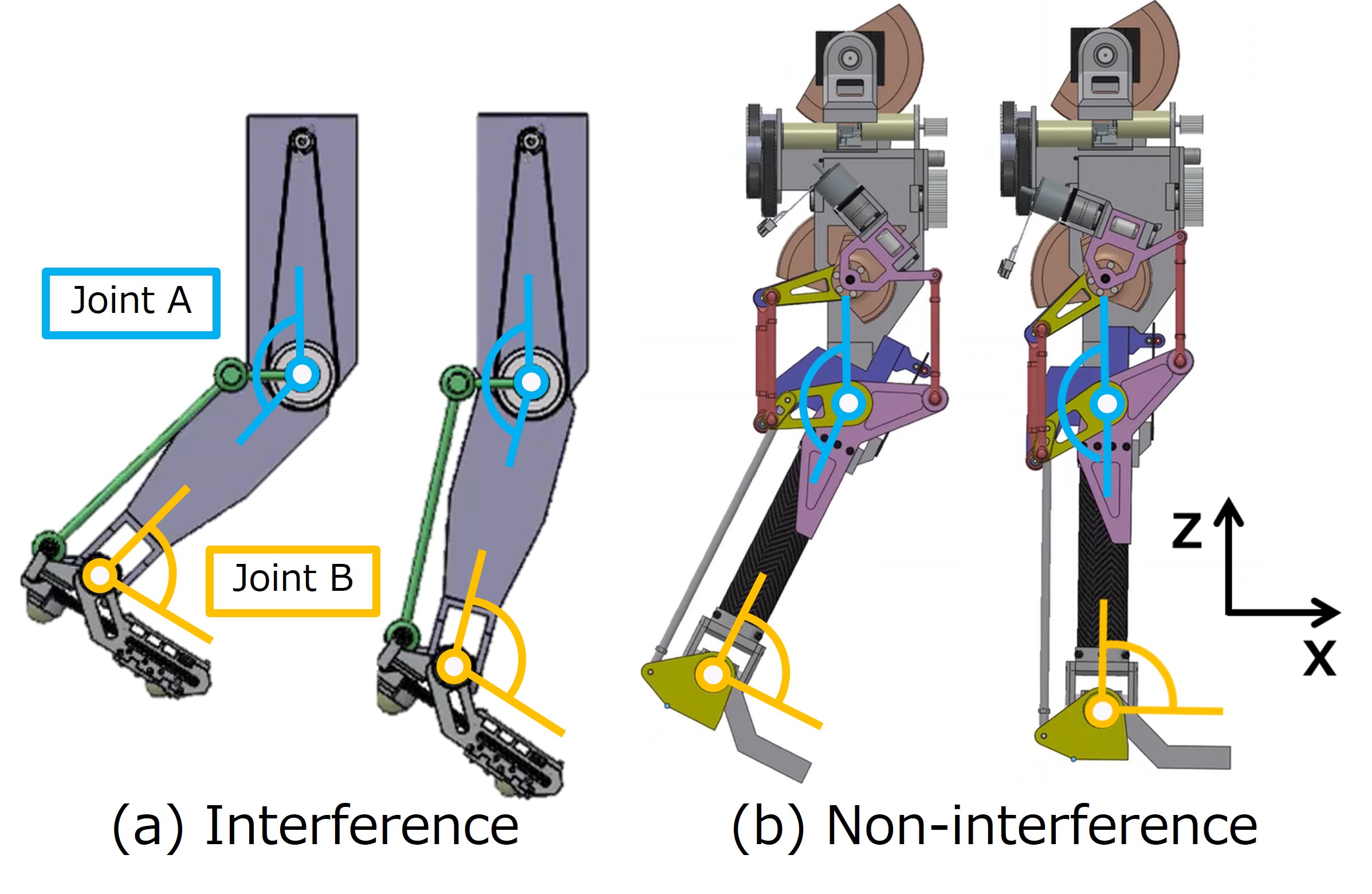
Fig. 33 Knee Joint Interfering Ankle Joint |
||
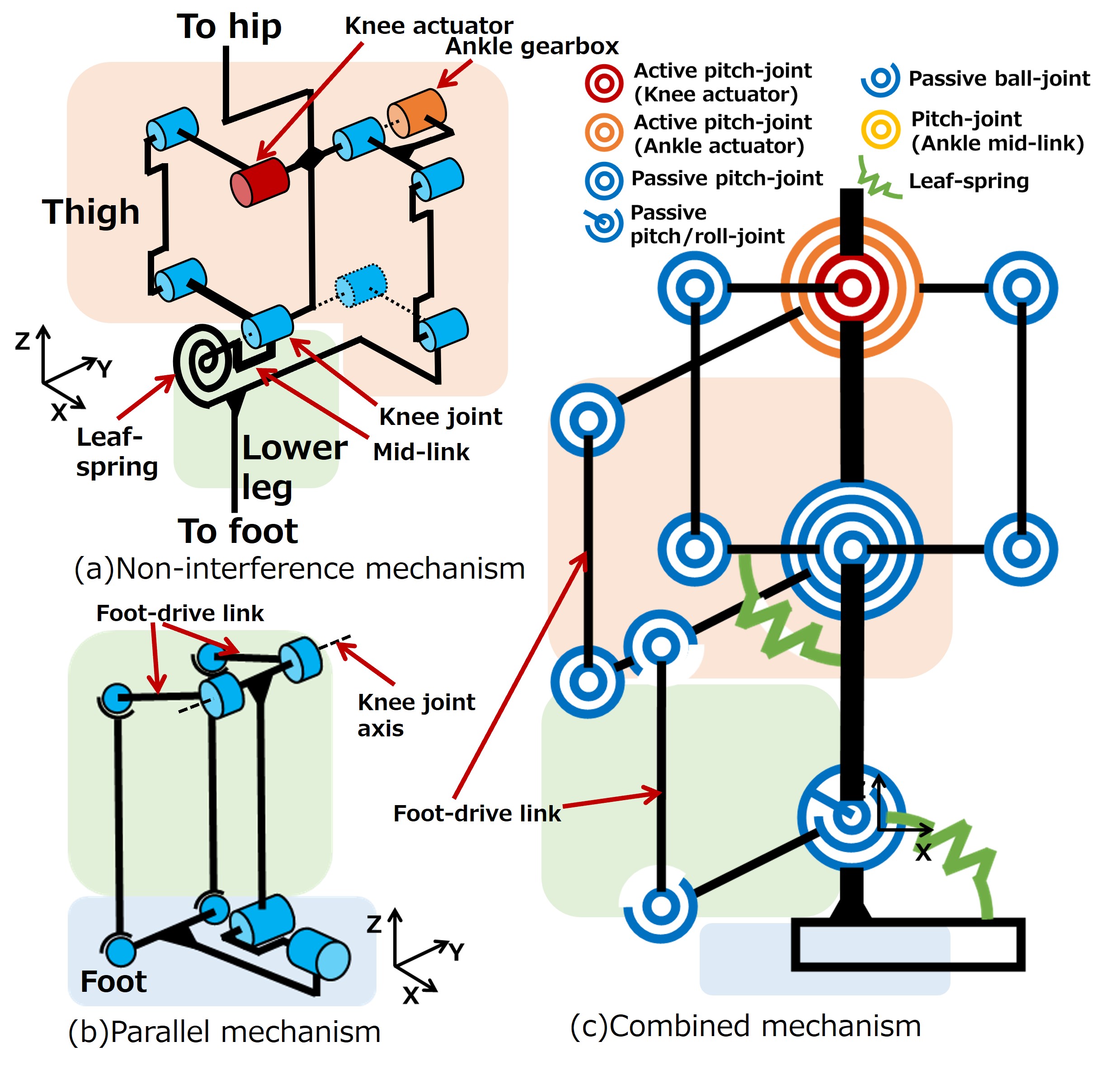
Fig. 34 Non-interference Mechanism |
||
|
Taking these factors into consideration, a leg mechanism was designed, as shown in the figure. The masses are 9.8[kg] in the thigh, 2.8[kg] in the lower leg, and 1.3[kg] in the foot. This configuration not only minimizes the differences with the mass characteristics of the human body but also significantly reduces the previously substantial mass excess in the lower leg. An evaluation of the developed non-interference link mechanism revealed that the ankle joint angle could be maintained consistently at the set value without interference with the knee joint angle. This demonstrates the utility of the non-interference link mechanism. |
||
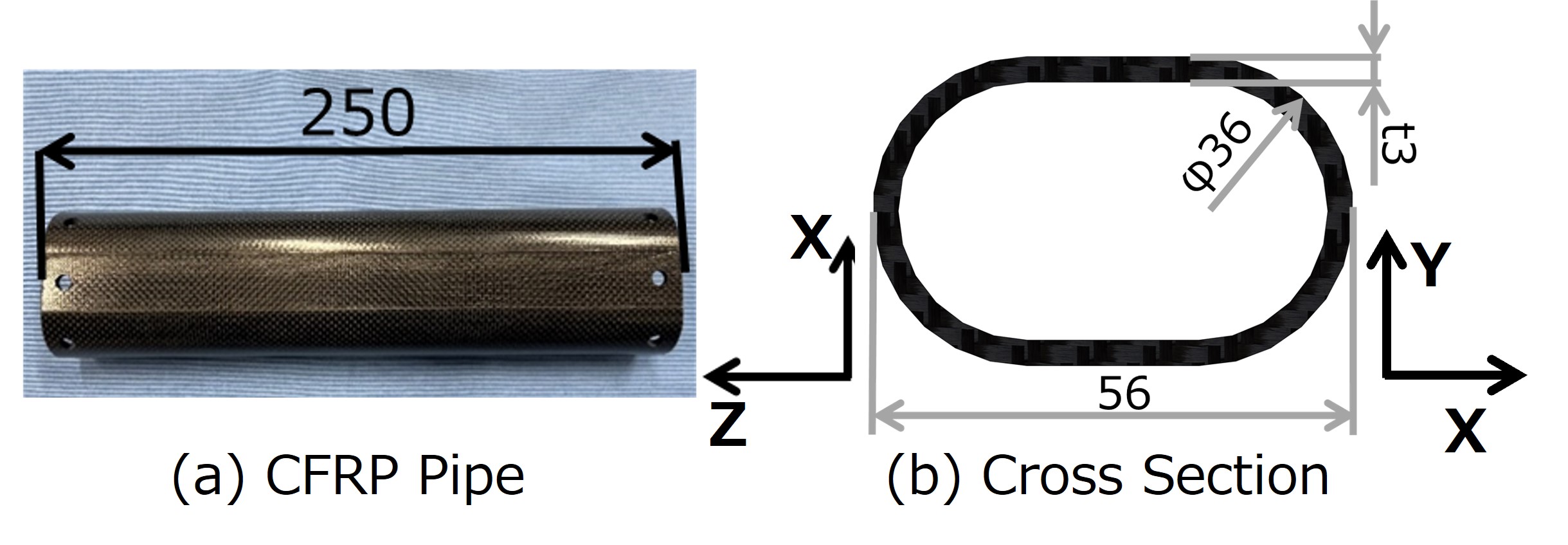
Fig. 35 CFRP Pipe |
||
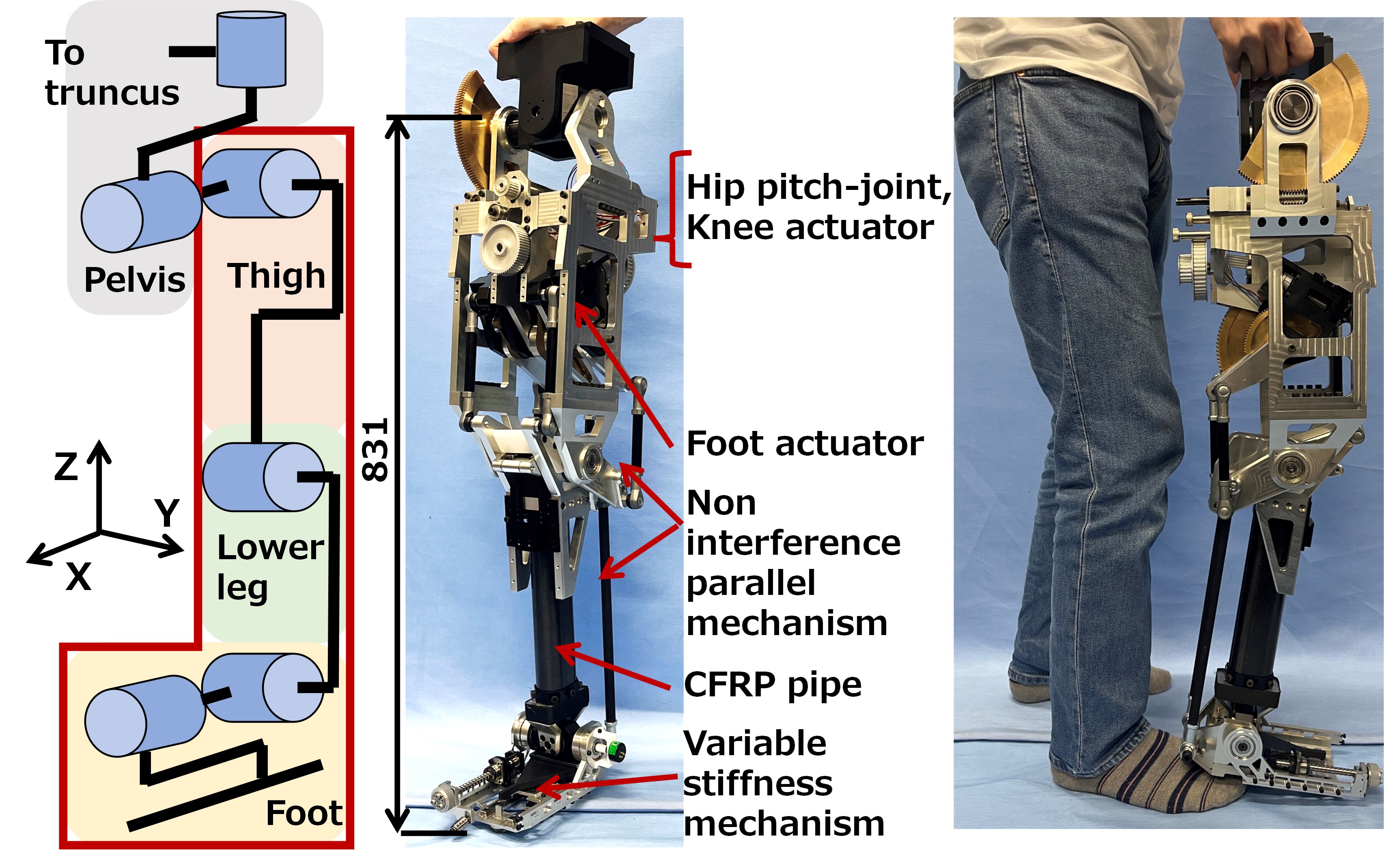
Fig. 36 Leg Mechanism |
||
|
[関連論文] ・ 津野太希他,"脚弾性を活用した2足走行ロボットのための軽量・高出力発揮可能な脚機構の開発",第41回日本ロボット学会学術講演会予稿集,3B2-02,宮城県,2023年9月. |
■ Development of high load-bearing and lightweight waist mechanism using topology optimization |
|||
|
In previous studies, we developed a multi-degree-of-freedom mechanism utilizing a
harmonic drive to assist with shock absorption and propulsion during human walking,
replicating pelvic sway and utilizing the spring-like properties of the legs for
resonant motion. However, in the pelvic mechanism developed so far, in order to
withstand the landing impact of 2000[N], the system's weight was 1.6 times greater than
the human waist weight of 11.4[kg], which led to an inability to replicate the mass
characteristics of the human body. The excess weight results in an increase in landing
impact and a lack of output during movement. To improve the load-bearing capacity and
reduce the weight, we re-evaluated the actuators and reducers and developed and
integrated a frame structure utilizing topology optimization.
Human walking requires an output of 1000[W]. This is a large output, as evidenced by the fact that the WABIAN-2R, a biped robot developed in our laboratory, requires only about 150W. In this study, while utilizing elastic energy from the spring-like properties of the legs, we amplified motor torque through high reduction ratios. The harmonic drive used here is a reduction mechanism that employs the elastic deformation of a thin-walled gear called a flex spline. It has advantages such as high reduction ratios, high efficiency, and low backlash, but due to its structure, there is a risk of wear and breakage from landing impacts during walking. Therefore, we employed a worm gear, which allows for significant improvements in load-bearing capacity while still providing a high reduction ratio. The motor and reducer were selected and designed together to balance both load-bearing capacity and lightweight design. Generally, output and weight are in a trade-off relationship. By comparing various patterns of motor output and reduction ratios that achieve the required output, we were able to realize a design that minimizes total weight. In addition, the frame adopted a shape based on topology optimization simulations. While traditional frame designs have incorporated techniques such as weight reduction, we aimed to reduce weight while maintaining load-bearing capacity by analytically determining the optimal shape based on walking load conditions. The force analysis was conducted based on a human walking dynamics model, and the optimal phase distribution for the load conditions during walking was calculated. Based on these considerations, we designed and fabricated the pelvic mechanism shown in the figure. The load-bearing capacity at each joint was improved by an average of 3.7 times, and the mass was reduced by 22%, reaching 13.8[kg]. We conducted jumping experiments using the developed system and confirmed that it can withstand the landing impact while generating the necessary output during walking. The application of this design method demonstrated the potential for further weight reduction of the entire system. |
|||
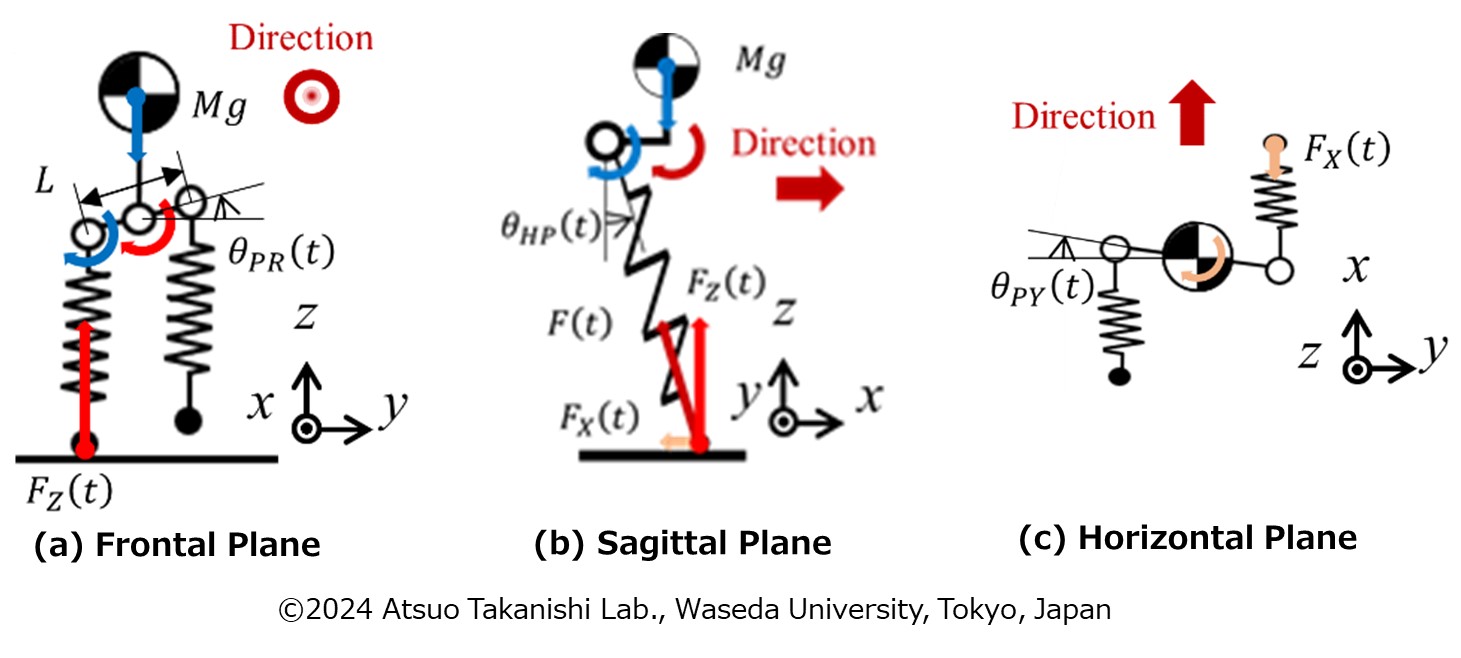
Fig. 37 Force Analysis in SLIP2 models |
|||
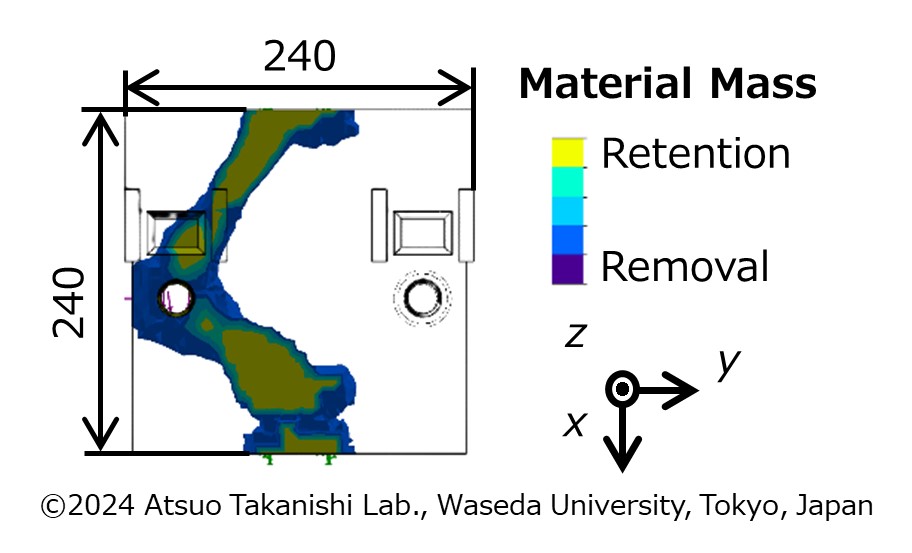
Fig. 38 Topology optimization to the frame |
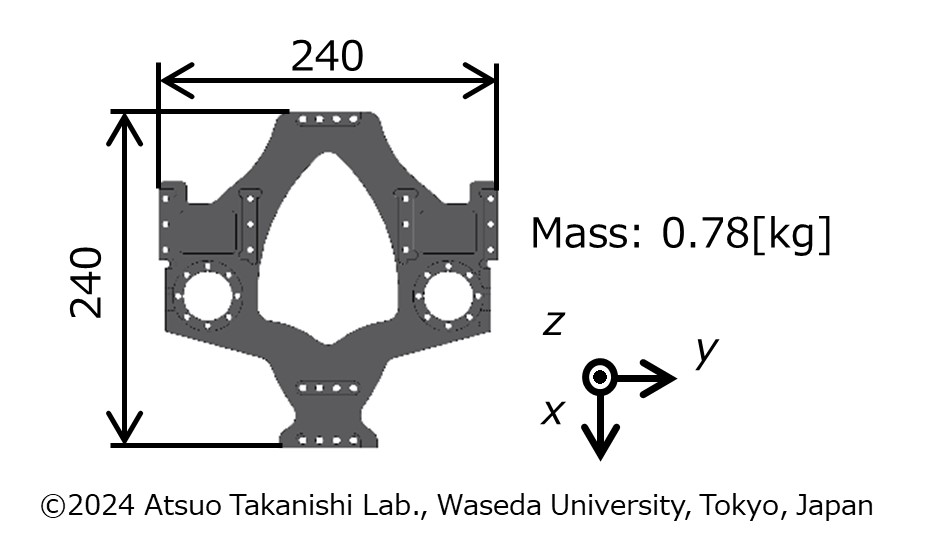
Fig. 39 The frame designed using topology optimization |
||
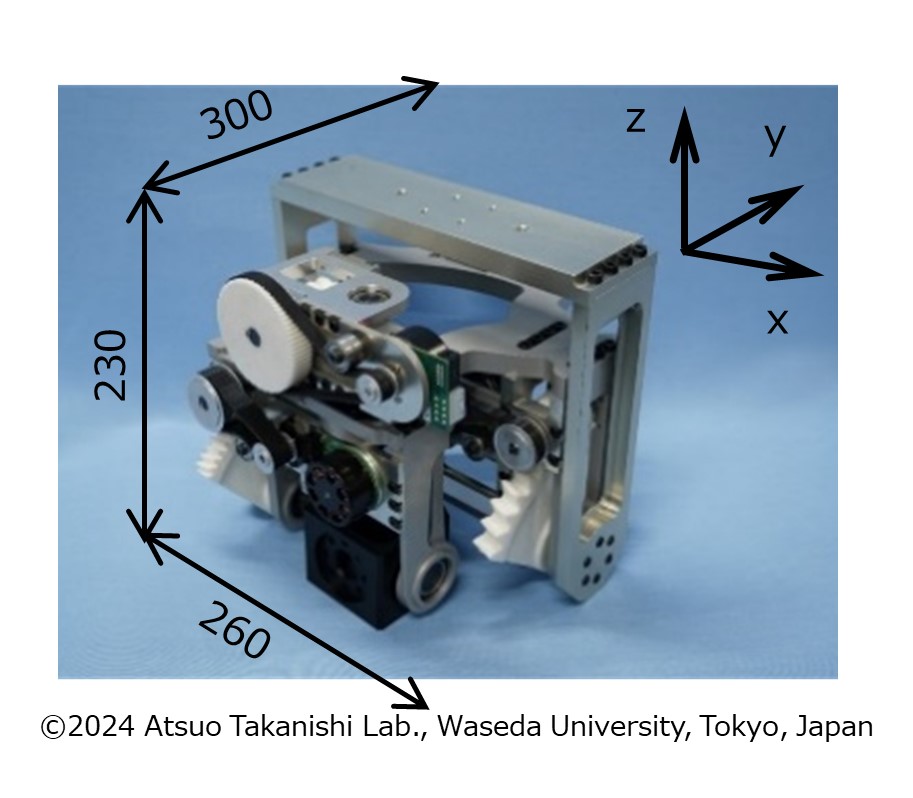
Fig. 40 New pelvis mechanism |
|||
|
[関連論文] ・ 奥山秀伸他,"骨盤運動に着目したヒューマノイドのための高耐荷重・軽量な腰部機構の開発",第42回日本ロボット学会学術講演会予稿集,【3I3-05】,大阪府,2024年9月. |
■ Development of hip joint mechanism driven hydraulically for bipedal running robot |
|||
|
During human running, spring characteristics are not observed in the hip joint compared to the knee and ankle joint.
In addition, it is known that the hip joint can output higher joint torque than the knee and ankle joint.
However, in order to exhibit high torque, it is necessary to increase the size of a motor and a harmonic drive gear.
The previous hip joint mechanism uses the largest actuator that satisfies the mass arrangement equivalent to that of human being.
Thus, it was not realized the torque 100 [Nm] and angular velocity 4.5 [rad/s] of the hip joint necessary to transition from walking to running at the speed 2.0 [m/s].
Therefore, we developed a hip joint mechanism that applied a hydraulic drive system to improve the output of the hip joint.
The hydraulic drive system can output high torque and place hydraulic equipment away from the joint that compared to the ordinary mechanism. In addition, it is possible to distribute output from one pump to multiple joints due to shunting and merging of oil. Taking advantage of these hydraulic drive system, we have proposed the hydraulic circuit for bipedal running robot that can distribute output by using electromagnetic switching valve to connect hydraulic circuits mounted on left and right hip joint (Fig. 10). For hydraulic actuator, we adopted hydraulic cylinder with larger mass-to-output than hydraulic motor. To achieve the required movable angle, we adopted a four-bar linkage mechanism. Link mechanism generally have nonlinearity in the relationship between joint angle and cylinder stroke. Therefore, we brought decided the link characteristics closer to the linear by the least-squares method to facilitate feedforward control and feedback control of joint angle. We obtained link ratio with up to 3.9[deg/mm] error in the relationship between cylinder stroke 150[mm] and movable angle 120[deg]. To evaluate hip joint mechanism driven hydraulically (Fig. 13, Fig. 14), we conducted experiments to confirm the maximum torque and maximum angular velocity. As a result, the joint torque met the required specifications, but the joint angular velocity did not meet the required specifications. This is because the motor reached the output limit before reaching the pump maximum rotational speed due to increase pipe resistance at the time of the flow rate increase by hydraulic interlocking circuit. |
|||
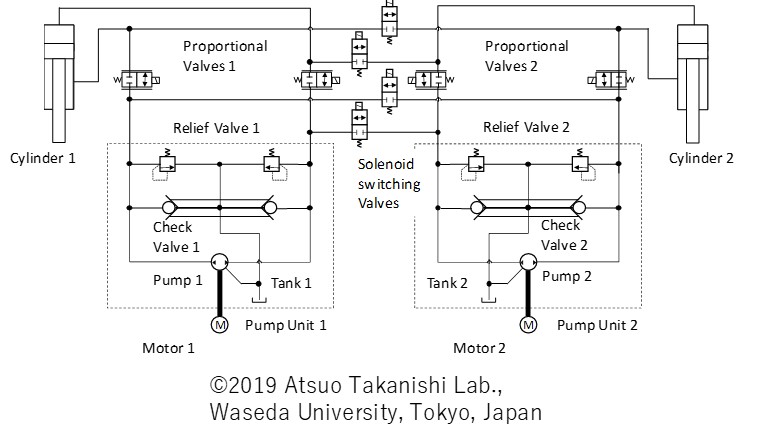
Fig. 41 Proposed hydraulic circuit |
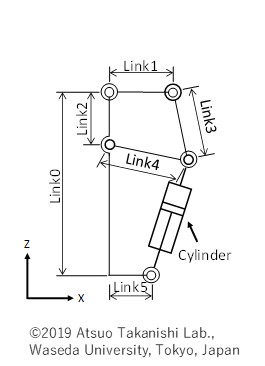
Fig. 42 4-bar linkage mechanism |
||
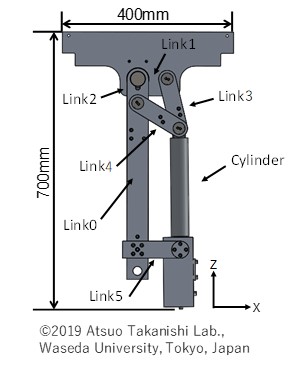
Fig. 43 CAD of hip joint mehcanism |
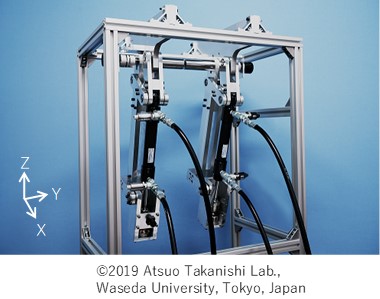
Fig. 44 New hip joint mechanism |
||
|
[関連論文] ・ 水上英紀他,"骨盤運動に着目した2足走行ロボットの開発(第24報:2足走行ロボットへの搭載に向けた油圧駆動股関節機構の開発),第37回日本ロボット学会学術講演会予稿集,3L3-04,東京都,2019年9月. |
|
We gratefully acknowledge the support for this work from the collaborator, Professor Kawakami in the Faculty of Sport Sciences Waseda University. This work is commissioned by Research Institute for Science and Engineering, Humanoid Robotics Institute Waseda University, Project Research Institutes Comprehensive Research Organization Waseda University, Institute of Advanced Active Aging Research, Human Performance Laboratory, and Research Institute for next generation robots. We gratefully acknowledge the support for this work from the Ministry of Education, Culture, Sports, Science and Technology Japan for KAKENHI Grant Numbers 25709019, 17H00767, the Global COE Program (Global Robot Academia), Mizuho Foundation for the Promotion of Sciences and Waseda University Grants for Special Research Projects(2015S-76). Finally, we also thanks to SolidWorks Japan K.K for the 3D-CAD contribution, to DYDEN Corporation for the wire and harness contribution, to CYBERNET SYSTEMS CO., LTD (developed by Maplesoft) for a multi-domain modeling and simulation tool MapleSim, and local governments and public agencies. |